
Club Triumph Round Britain Reliability Run
The Club Triumph Round Britain Reliability Run has been an annual tradition since it first began in 1966. Since then, the event has raised more


The Club Triumph Round Britain Reliability Run has been an annual tradition since it first began in 1966. Since then, the event has raised more

Our 2005 Honda S2000 recently arrived at the Bridge Classic Cars workshop from its home in Gurnsey. It is currently in storage at our secure
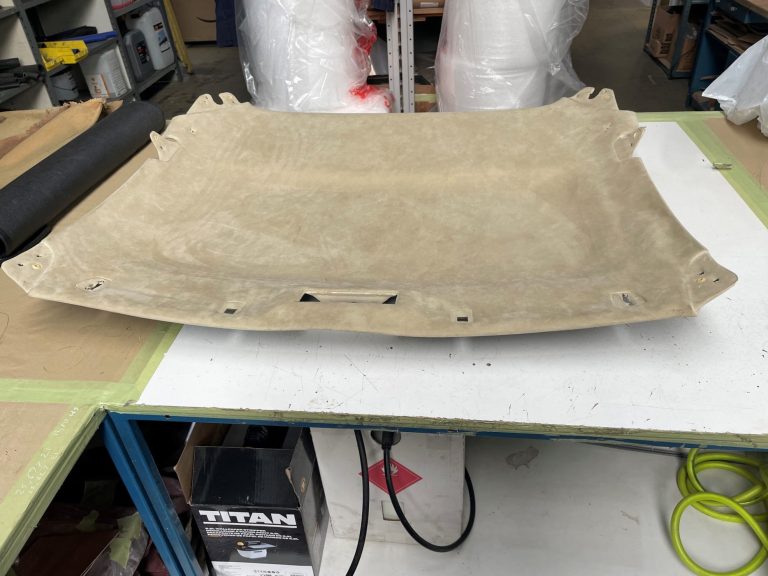
Brian and Lydia from the Bridge Classic Cars interior trim team are going to be working on the ceiling cloth of a 2001 Aston Martin

Our 2010 Land Rover Defender looks good on a campsite, on the road, or anywhere else really. To prove this point, we took the below

A little while after his classic Triumph Stag was stolen, presenter Jamie Theakston was reunited with his unique and much-loved car.
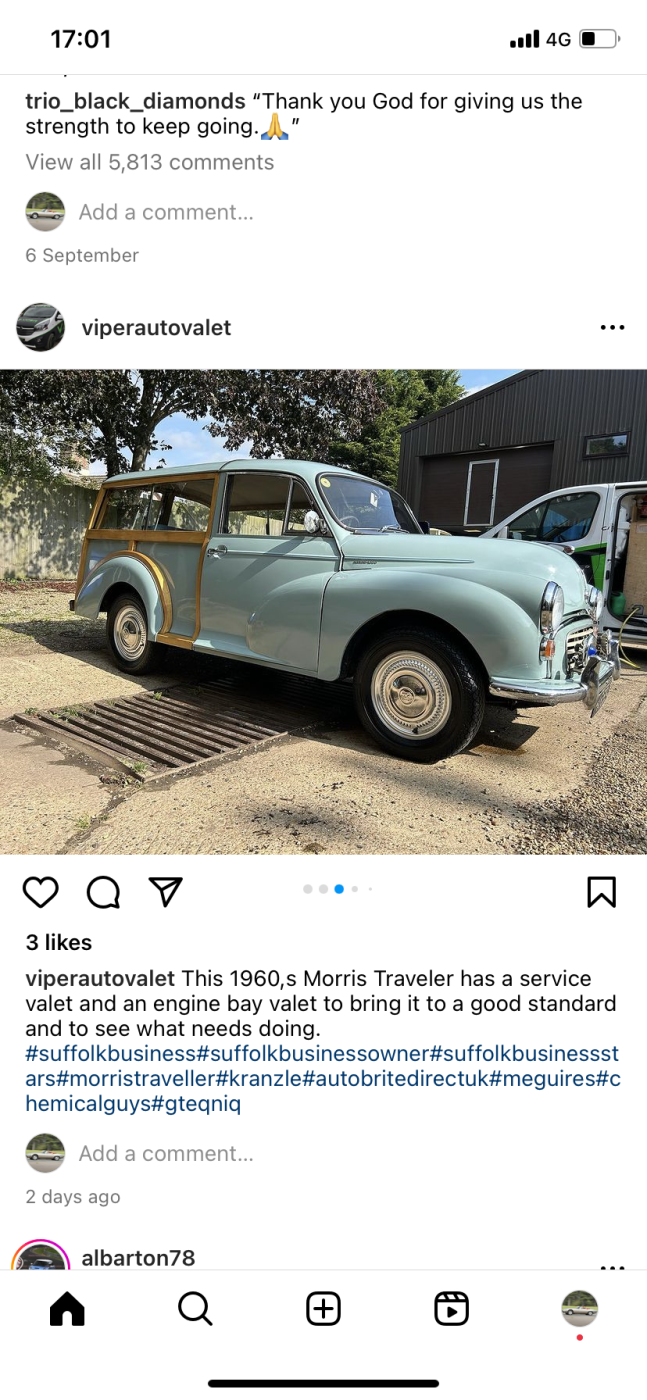
Every week, Colin from Viper Auto Cleaning spends the day at the Bridge Classic Cars workshop making sure our vehicles look pristine for our customers

Classic car technician Jonn recently spent some time assessing a 1966 Jaguar S-Type that was brought into the workshop by its owner for a thorough
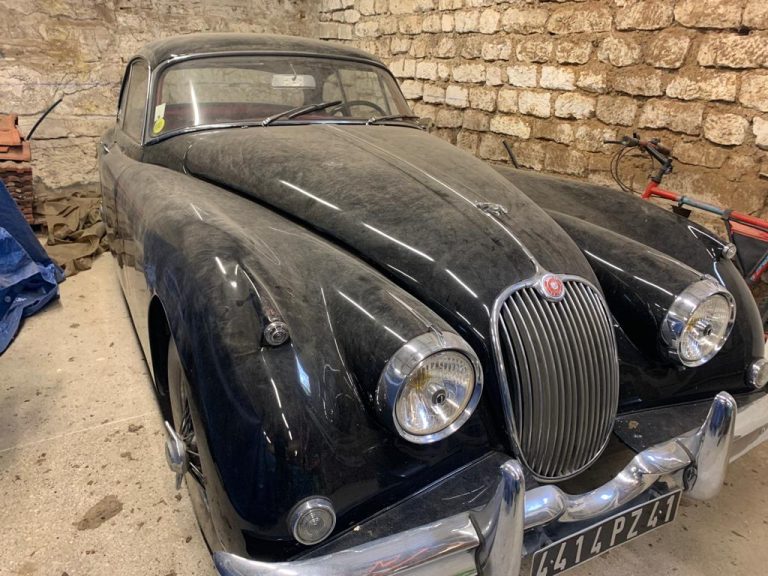
Soon to be arriving at the Bridge Classic Cars workshop is this Jaguar XK120. It is coming from overseas but we are very much looking

Our 1969 Triumph Spitfire has recently entered the Bridge Classic Cars workshop. It has come to us for a full service and inspection, which classic

Every now and again, a classic vehicle enters the Bridge Classic Cars workshop that most of us haven’t seen before. One such vehicle is our
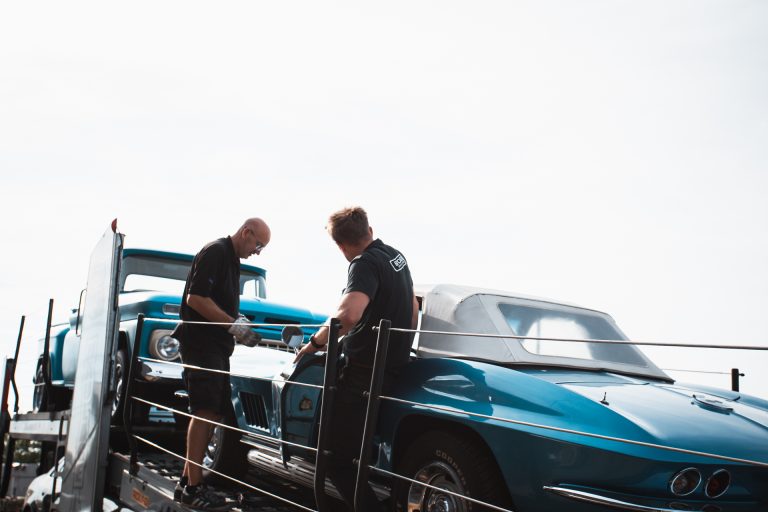
They may be a long way from home but two iconic American classics, a 1967 Chevrolet Corvette Stingray and a 1963 Chevrolet C10 SWB Stepside
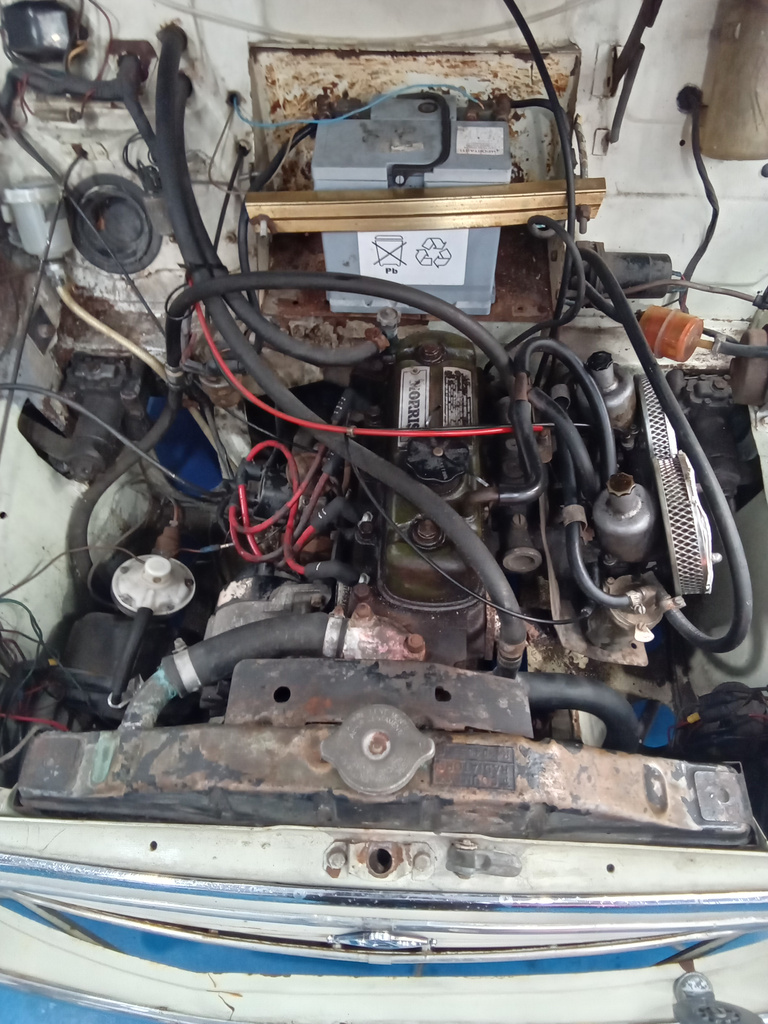
Classic car technician James has been assessing our 1967 Morris Minor Traveller. It came into the Bridge Classic Cars workshop as it would not start.
The Club Triumph Round Britain Reliability Run has been an annual tradition since it first began in 1966. Since then, the event has raised more than £800,000 for multiple UK charities.
In October of this year, a range of classic Triumph cars, spanning from the 1950s to the 1980s, once again embarked on a mammoth journey across the UK. Their mission: to generate much-needed funds for the Huntington’s Disease Association, the sole national charity offering support to individuals and families affected by Huntington’s disease – a genetic condition impacting approximately 55,000 people in the United Kingdom. While there is no cure for this devastating condition, the charity provides invaluable support and information to those grappling with the disease.
Starting at Knebworth House on Friday, October 6th, the drivers headed in a northerly direction, en route to John O’Groats where they could enjoy Saturday breakfast. They then took a southern course to Lands End for breakfast on Sunday morning, before concluding the epic journey back at Knebworth House on Sunday, October 8th. This incredible journey spanned roughly 2,000 miles, all covered in just 48 hours, showcasing the endurance (and reliability) of these classic cars.



There are several checkpoints that drivers need to pass through during the Club Triumph Round Britain Reliability Run. These are staffed by dedicated Club Triumph marshals in England, Scotland, and Wales, all in the pursuit of raising funds for charity. Over the last three decades, the Round Britain Reliability Run has supported various national charities, raising over £800,000 for well-known organisations like the RNLI, BLISS, MNDA, and Guide Dogs. In 2022 alone, the event managed to raise over £110,000 for the MNDA.
Friend of Bridge Classic Cars (and competition winner), Karl successfully completed the 2000-mile drive last weekend and was kind enough to speak to Molly during our recent Coffee and Classics event.
If you’d like to support the Huntington’s Disease Association, you can donate on Karl’s Just Giving page.
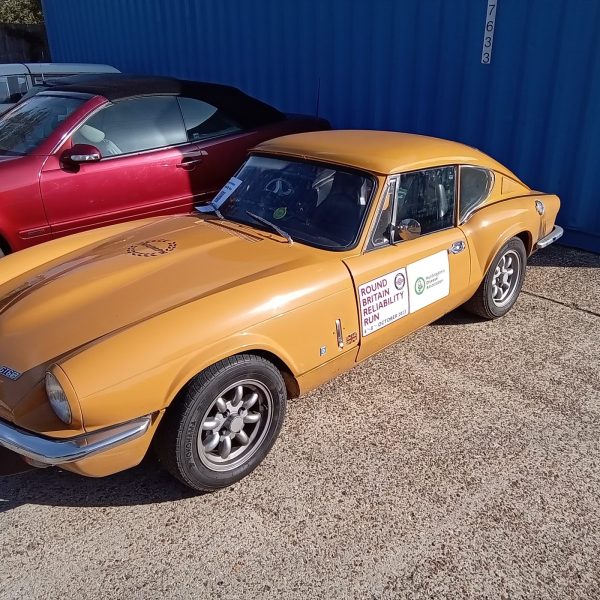
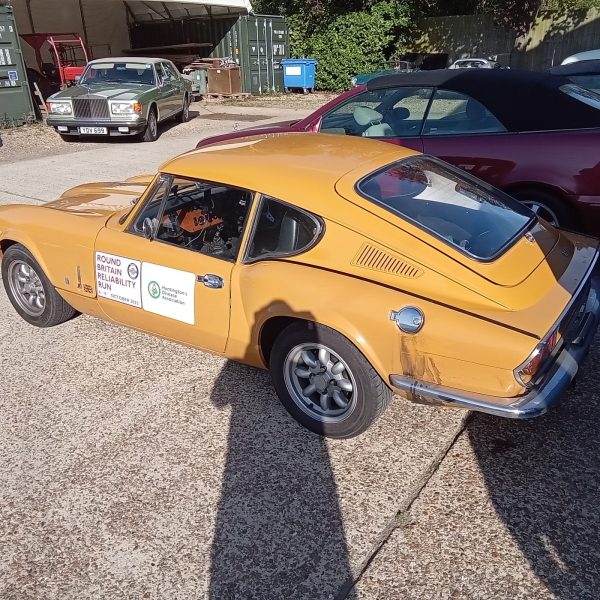
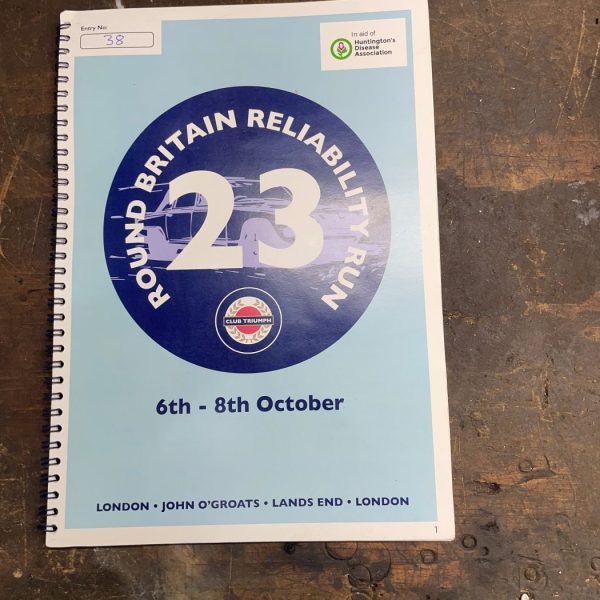
Our 2005 Honda S2000 recently arrived at the Bridge Classic Cars workshop from its home in Gurnsey.
It is currently in storage at our secure Hangar but, eventually, it will go into the paintshop to bring it back to its full beauty.
When it first arrived at the workshop, workshop manager John and technician Jonn assessed the car and found some corrosion. They also removed quite a lot of dirt from the rear arches. The condenser was also found to have deteriorated and detritus was found in and around the roof.
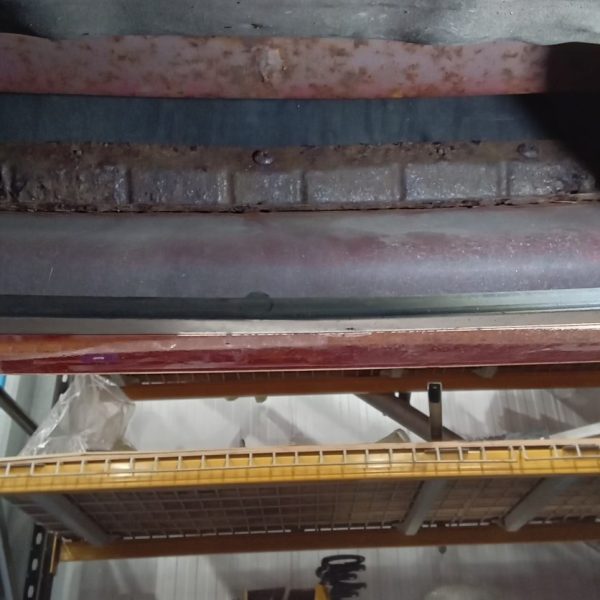
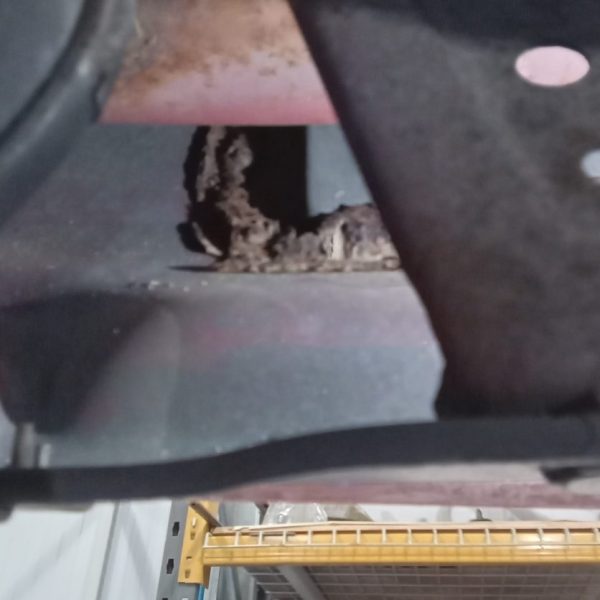
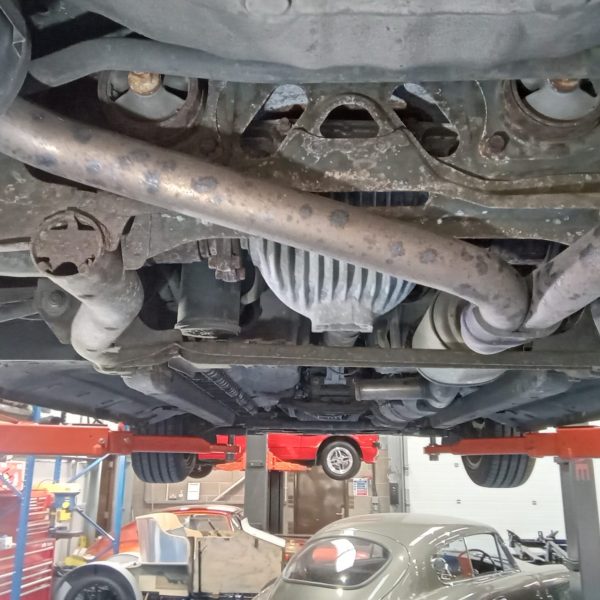



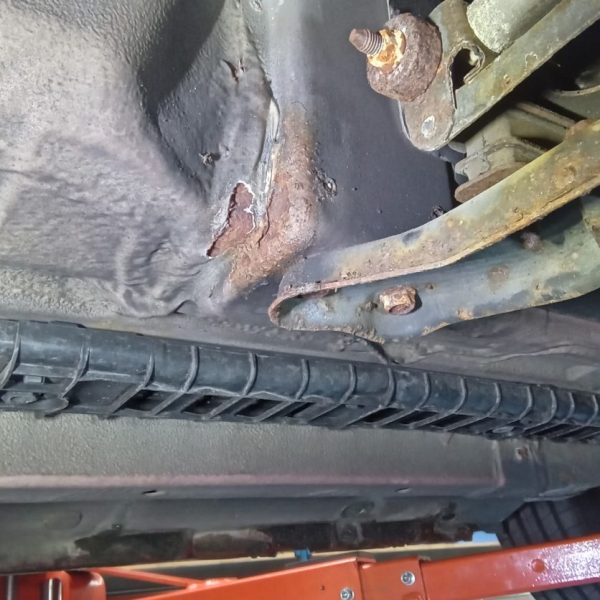
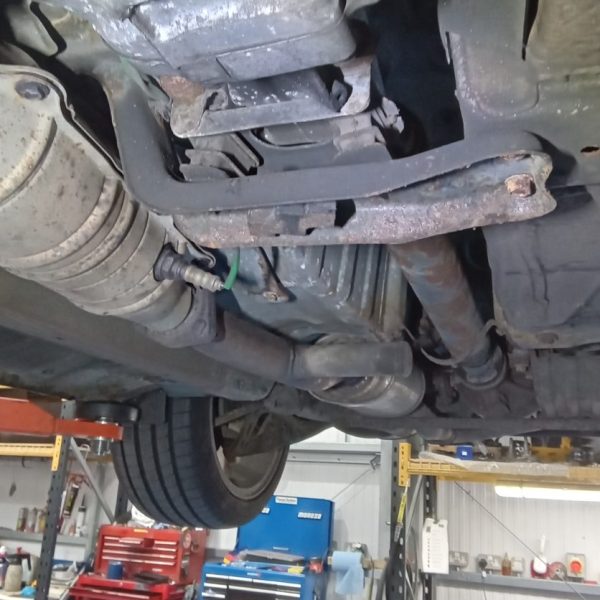
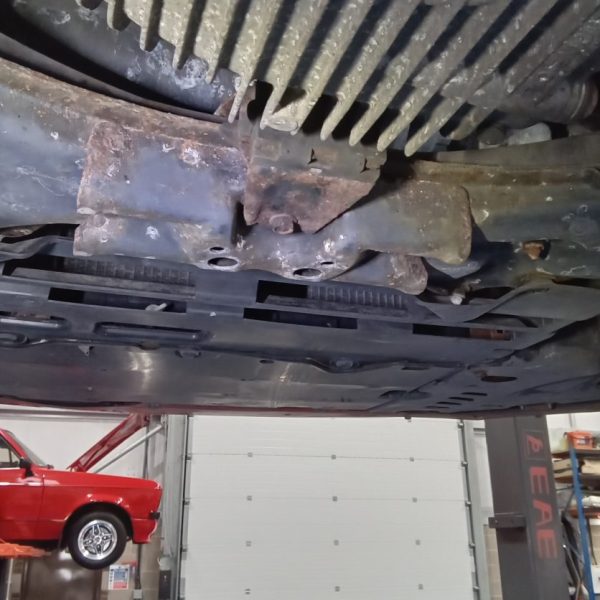
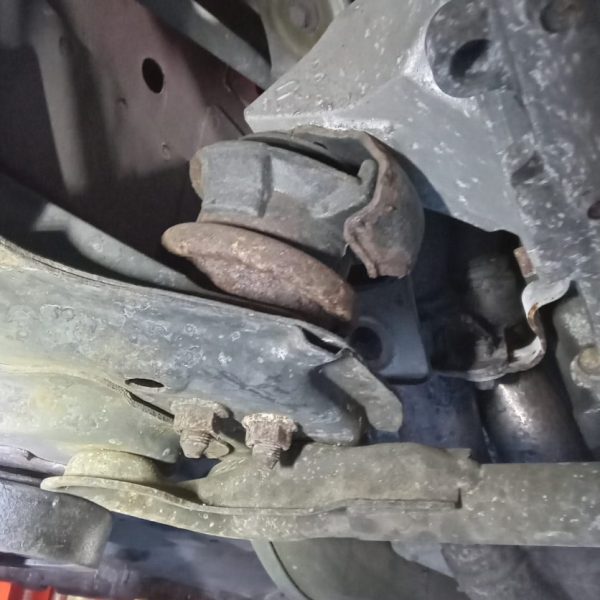
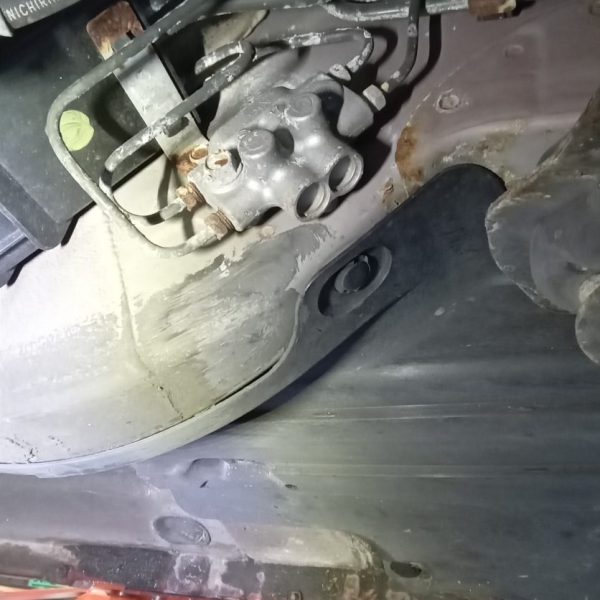
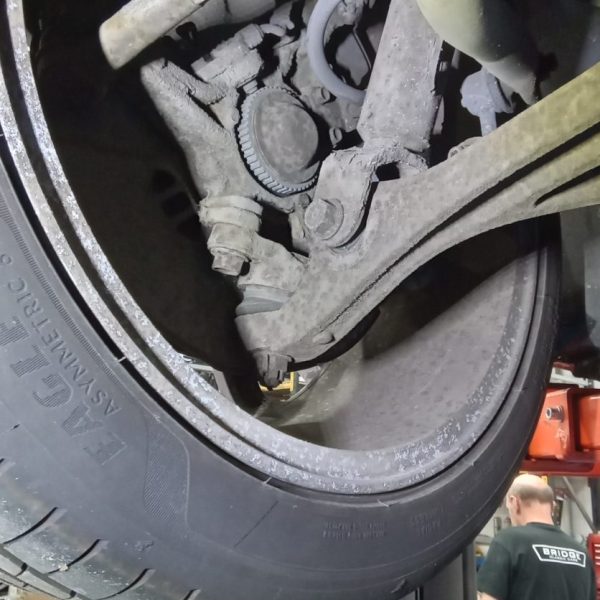
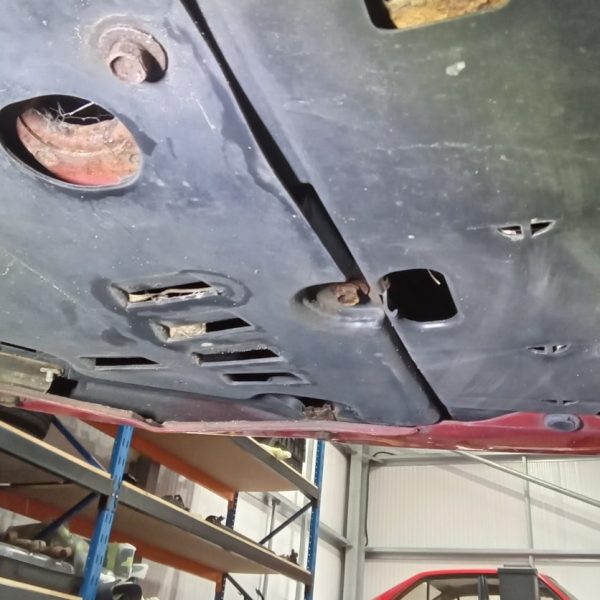

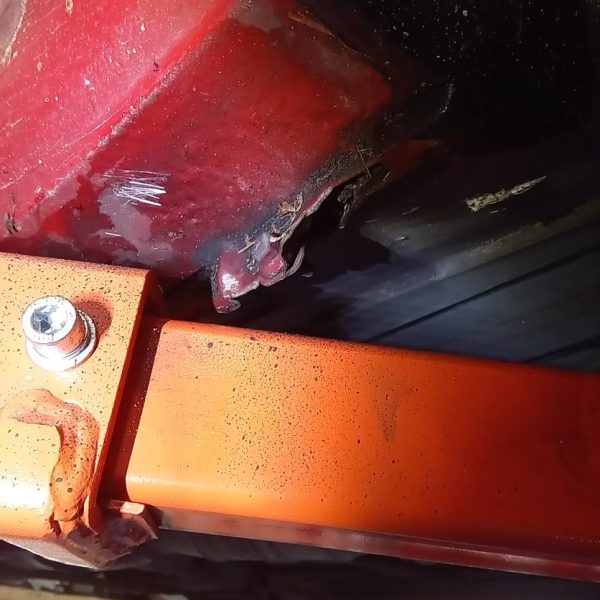
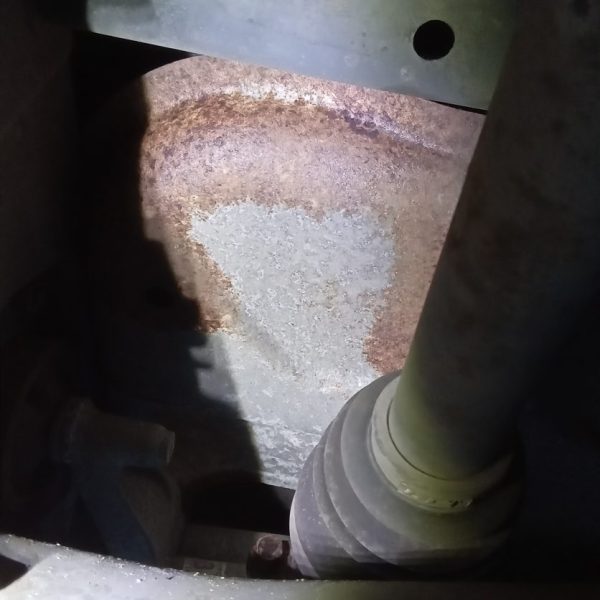
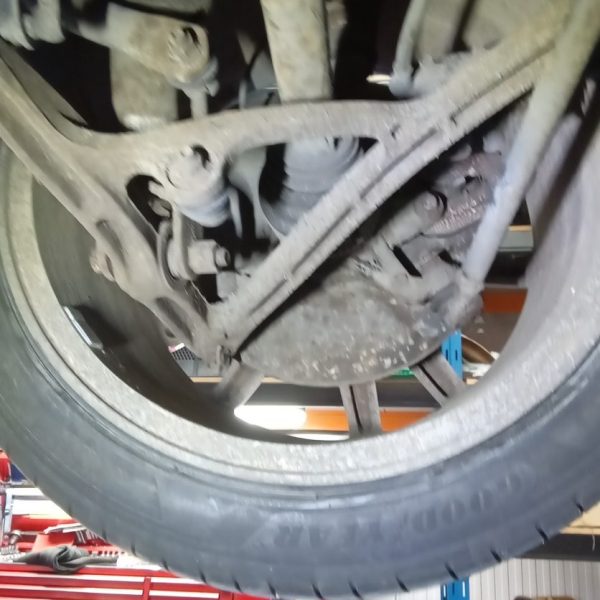


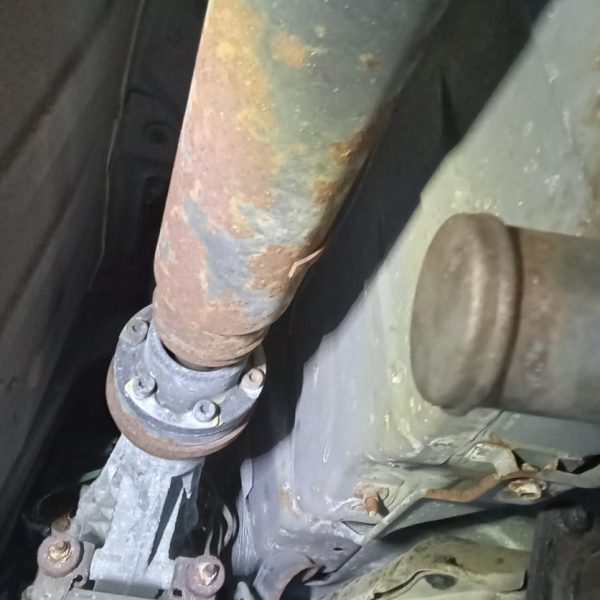

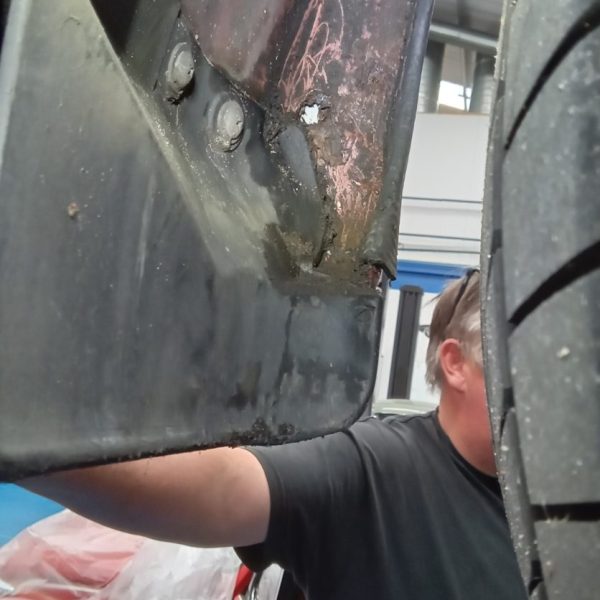
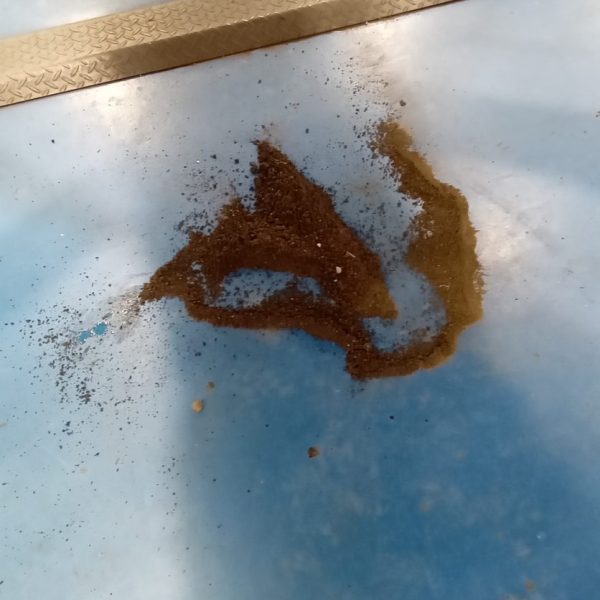
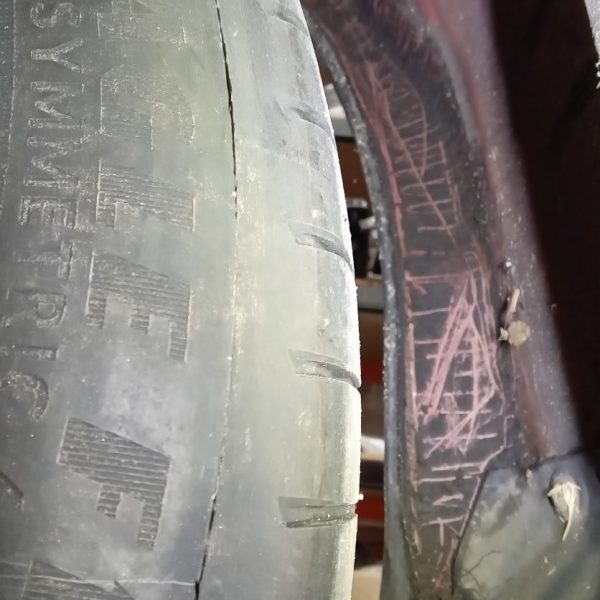





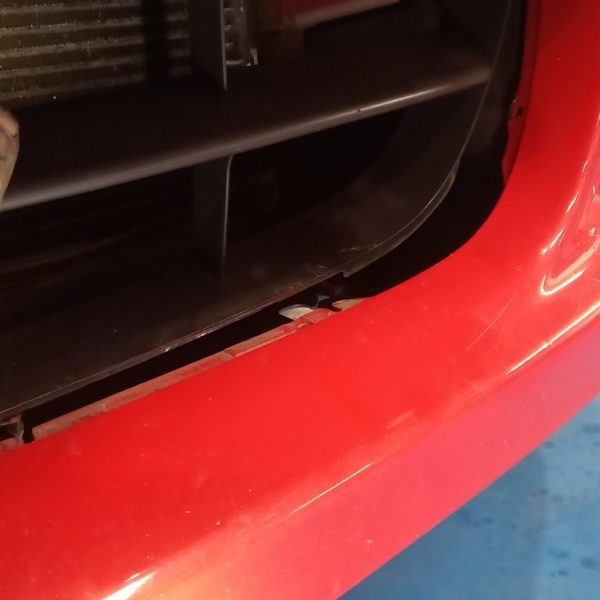
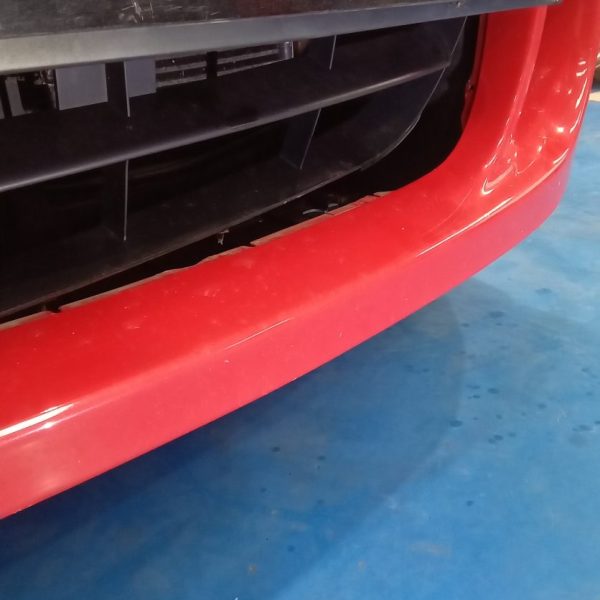






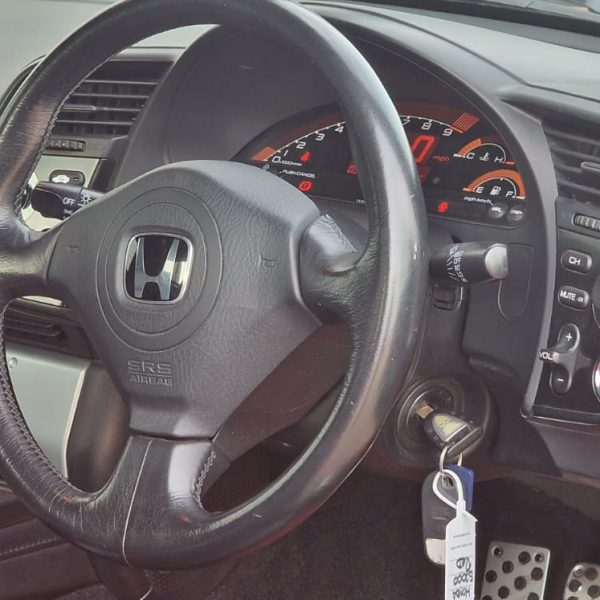
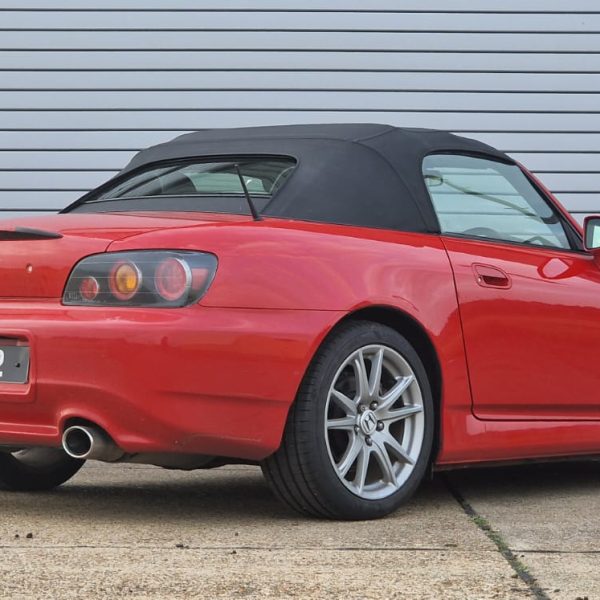
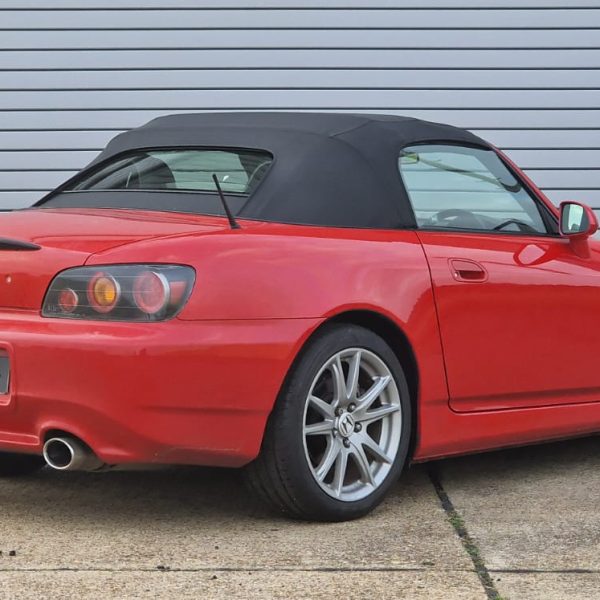
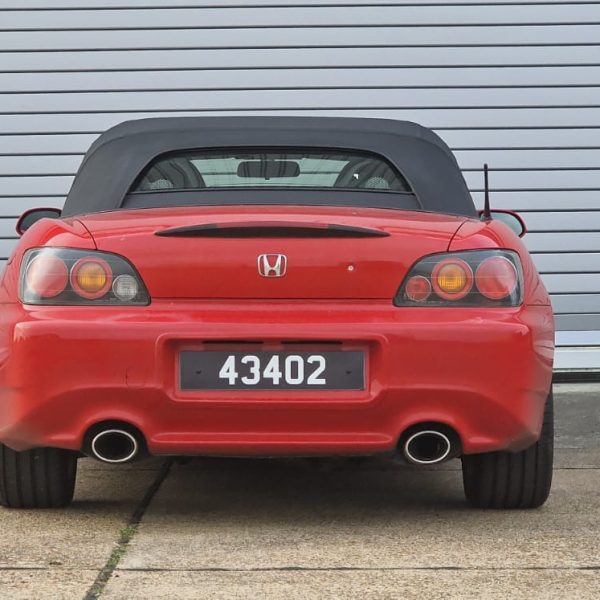
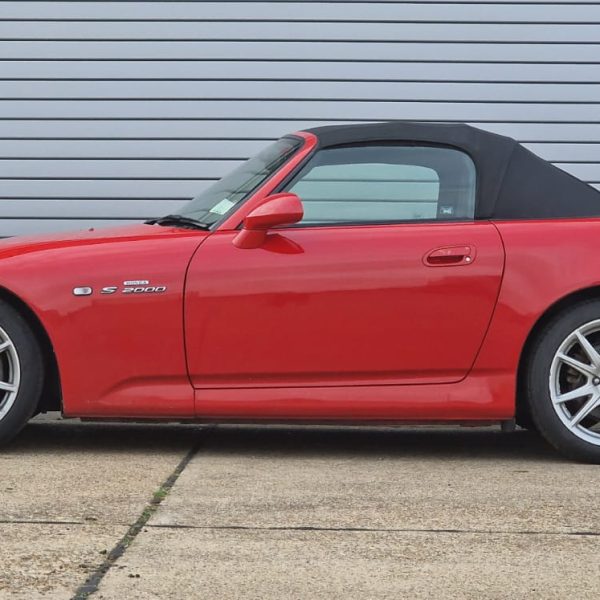

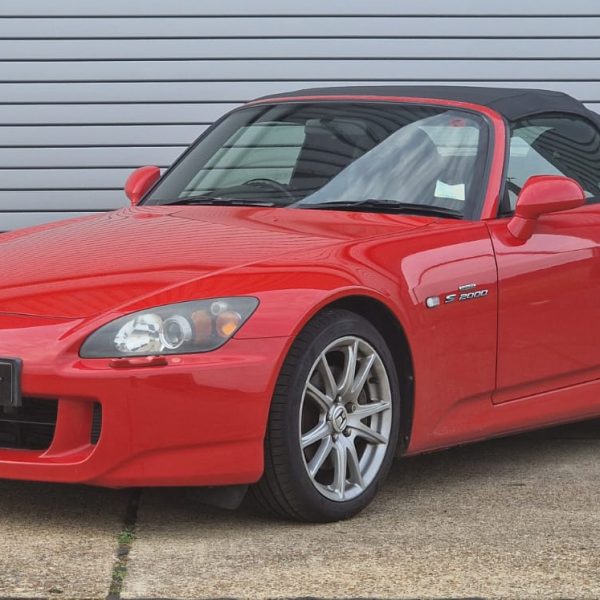


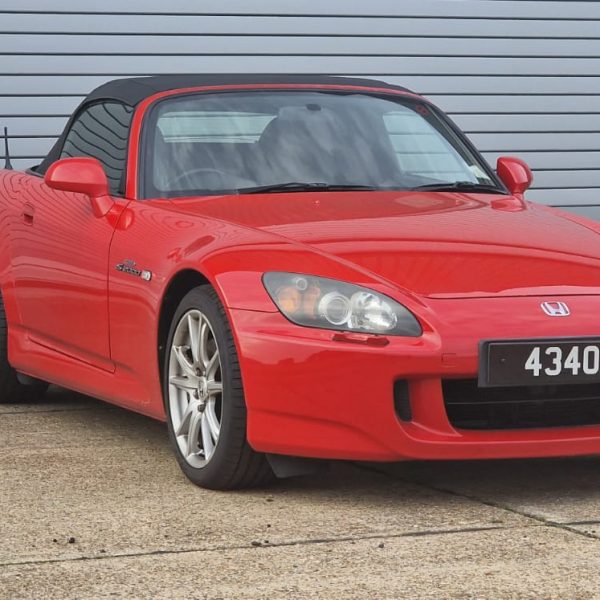
Brian and Lydia from the Bridge Classic Cars interior trim team are going to be working on the ceiling cloth of a 2001 Aston Martin DB7 Vantage.
The current cloth has come loose from the main board so it will need to be removed, and new foam fitted before the cloth gets put back on and ready to go back into the car.
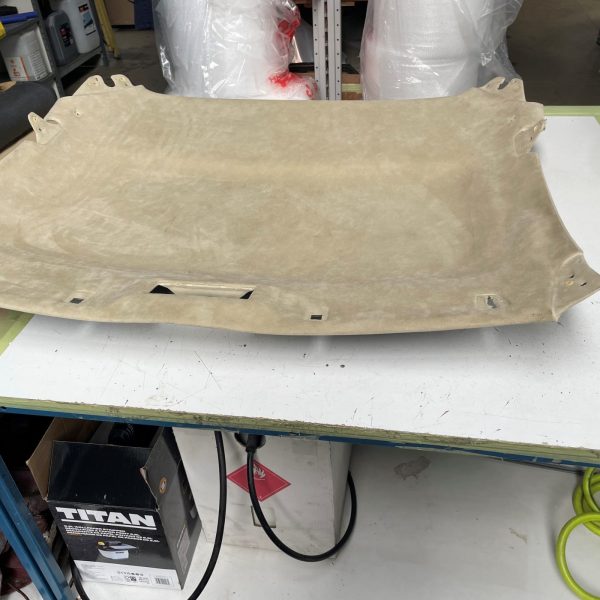
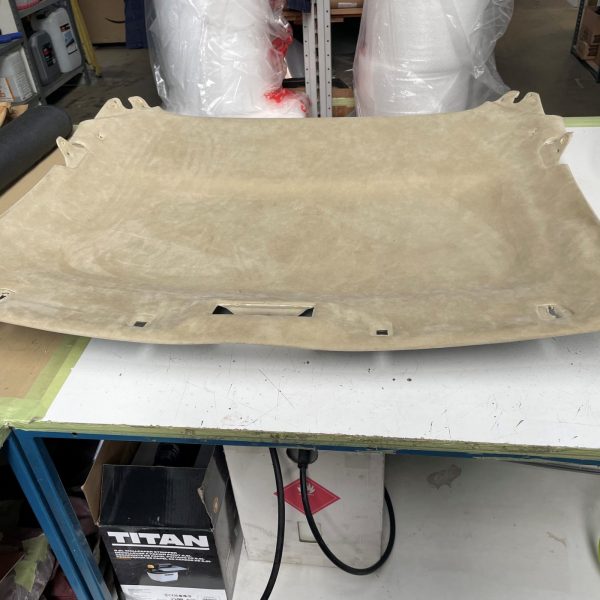

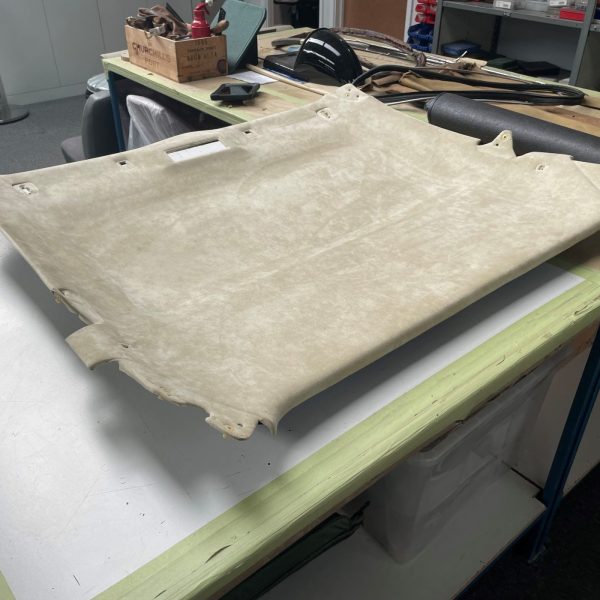
Our 2010 Land Rover Defender looks good on a campsite, on the road, or anywhere else really.
To prove this point, we took the below photos when it was parked up at our storage facility at Bentwaters Parks.
This impressive-looking car will soon be available to win through Bridge Classic Cars Competitions.


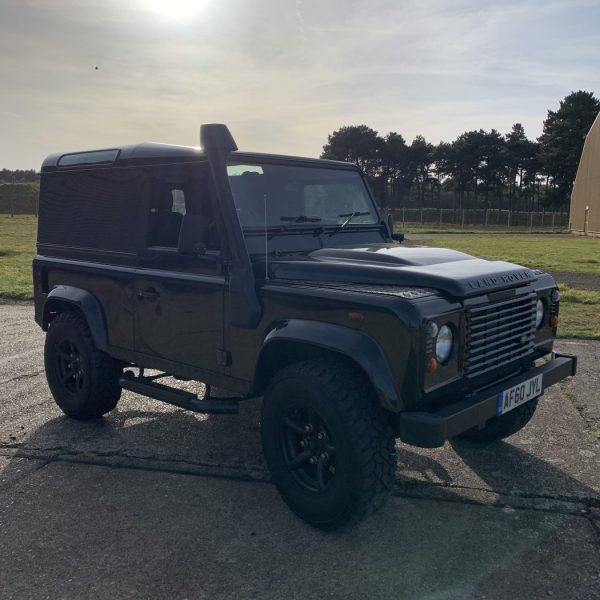
A little while after his classic Triumph Stag was stolen, presenter Jamie Theakston was reunited with his unique and much-loved car.
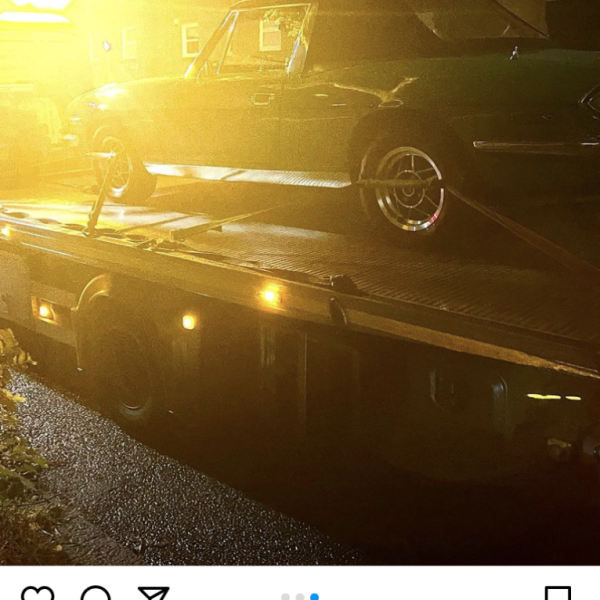


Every week, Colin from Viper Auto Cleaning spends the day at the Bridge Classic Cars workshop making sure our vehicles look pristine for our customers and the winners through Bridge Classic Cars Competitions.
This week, Colin shared our 1965 Morris Traveller on his Instagram showing the results of his hard work.
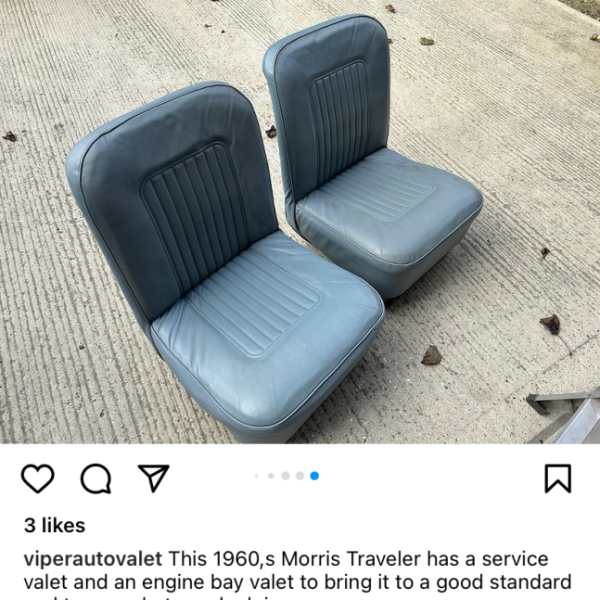
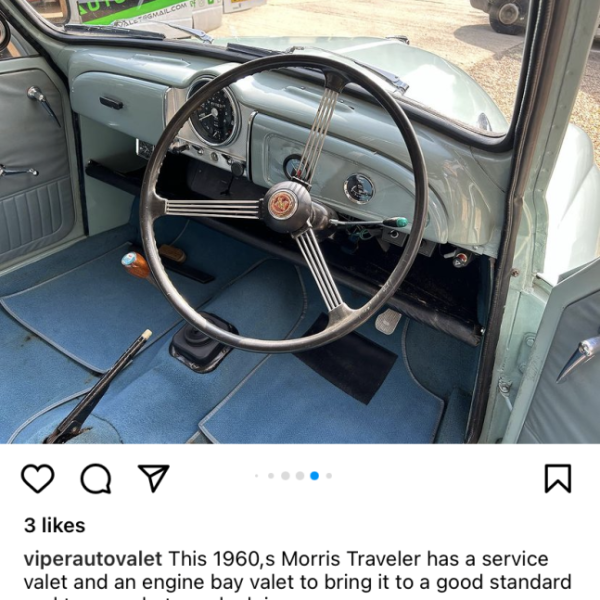
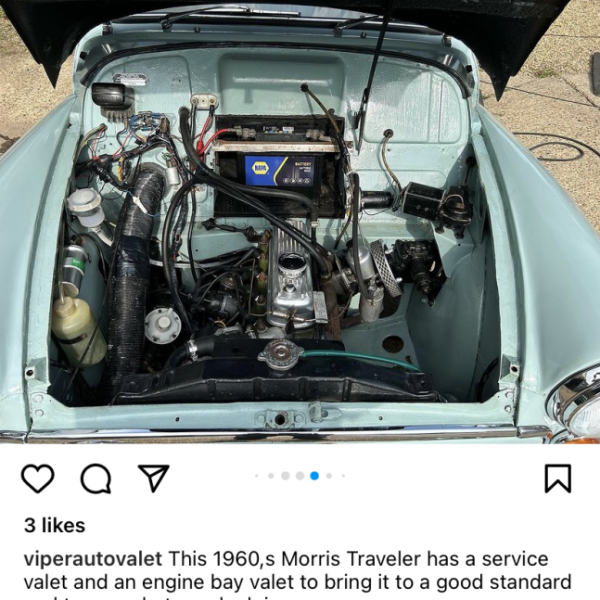
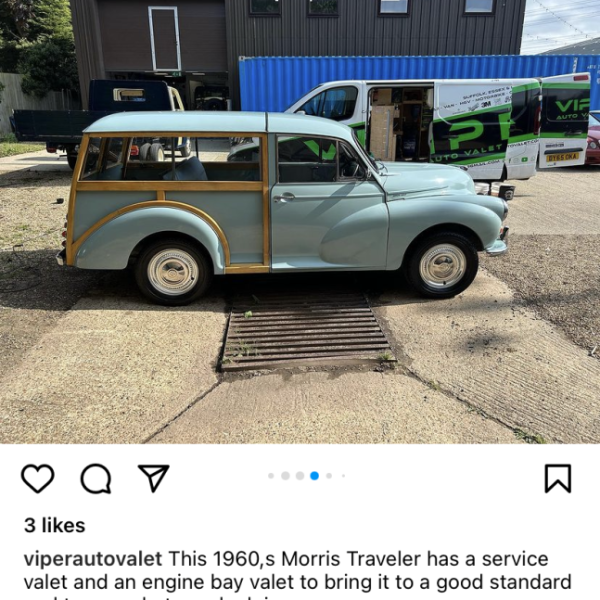
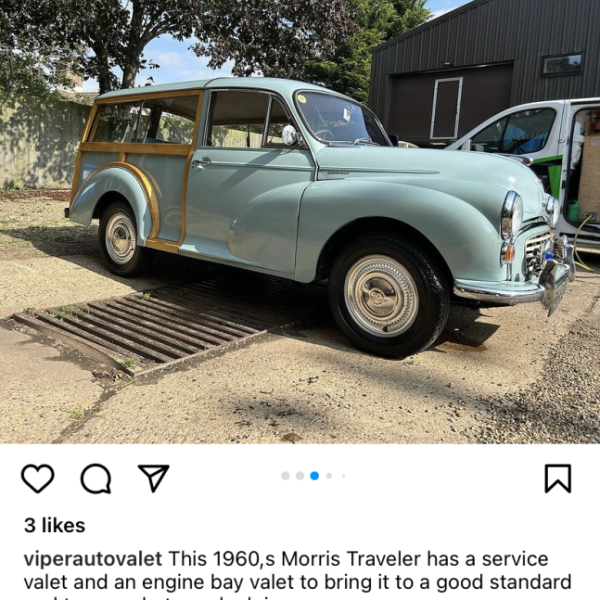
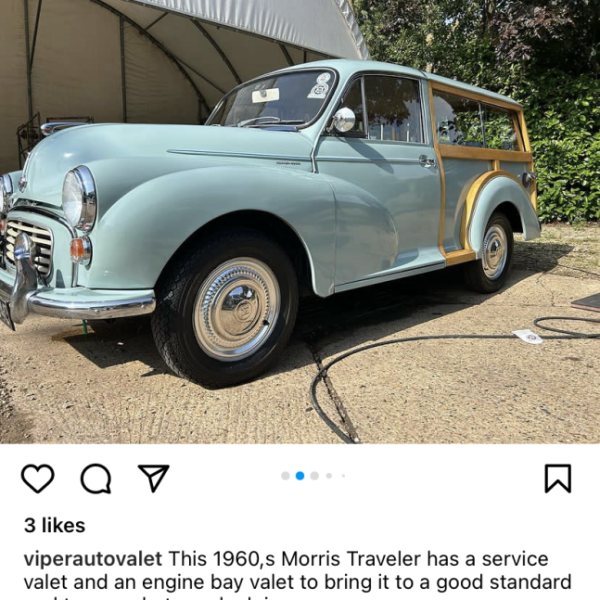
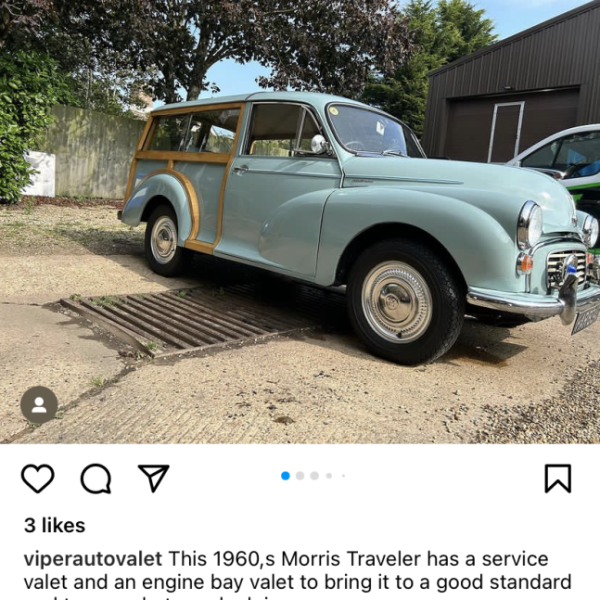
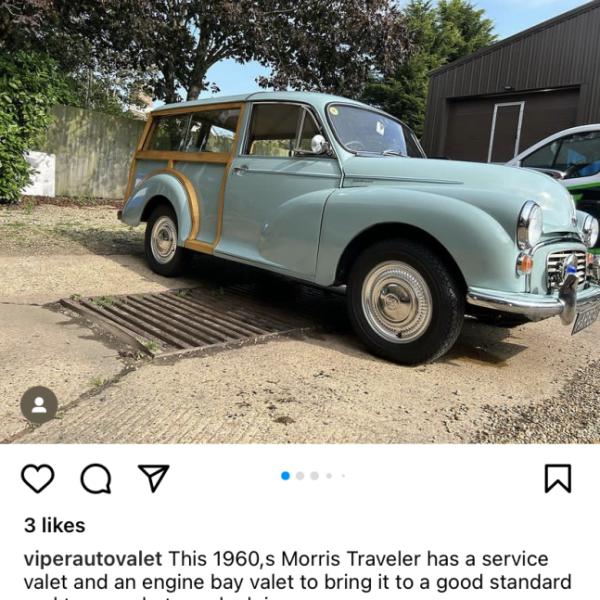
Classic car technician Jonn recently spent some time assessing a 1966 Jaguar S-Type that was brought into the workshop by its owner for a thorough assessment.
The purpose of the assessment was to see what condition the car is currently in and whether any work will need to be done in the future.
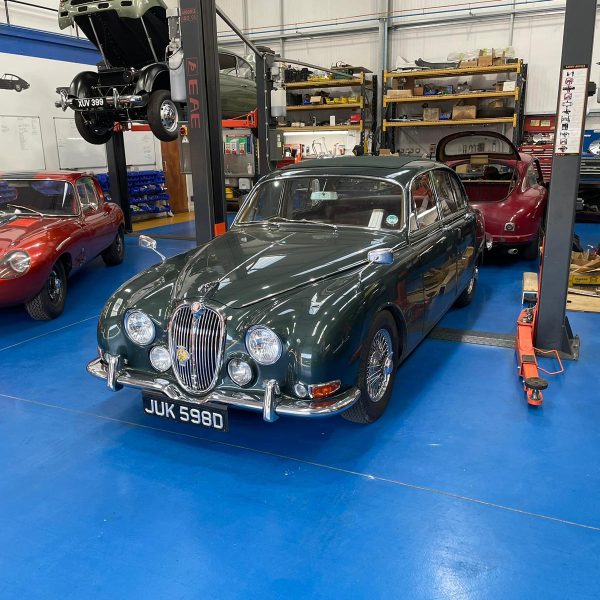



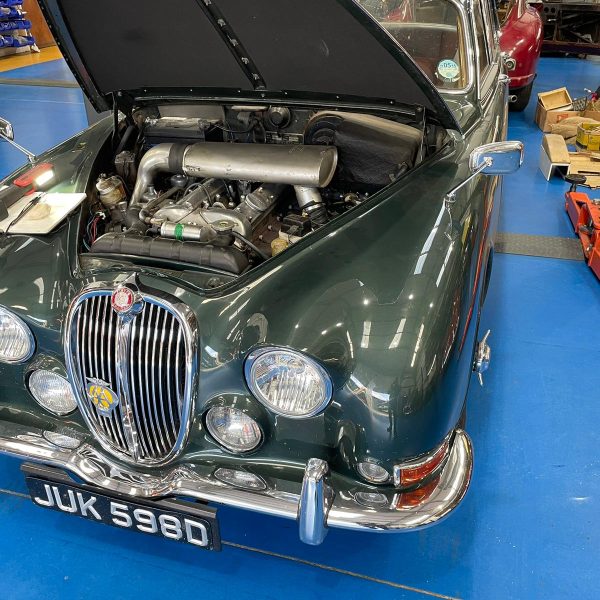

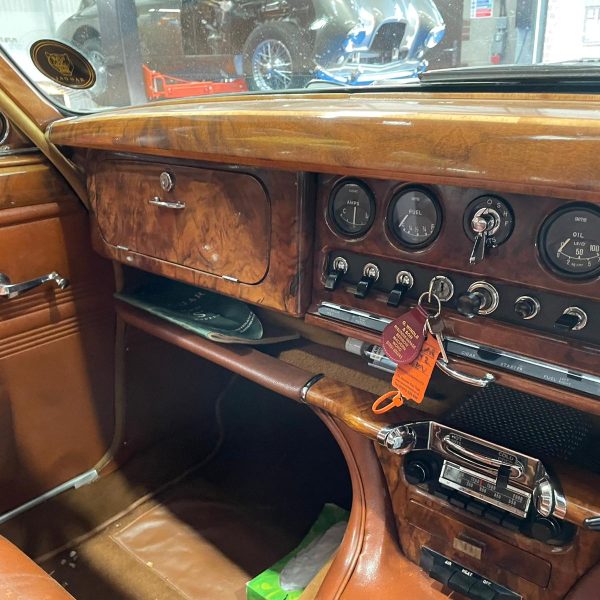
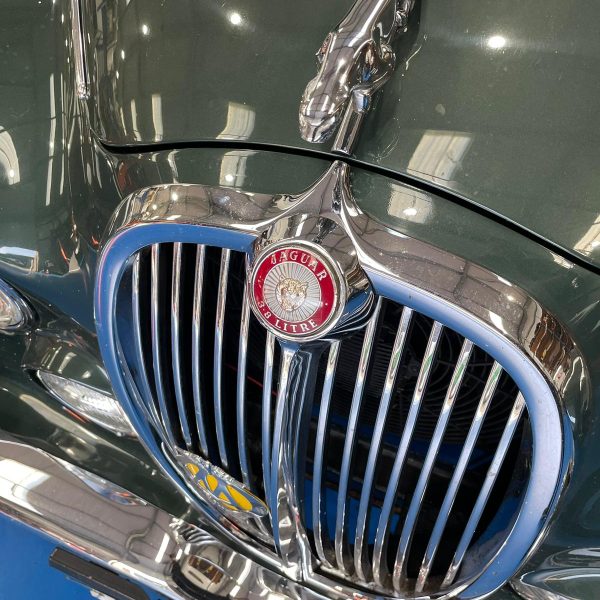
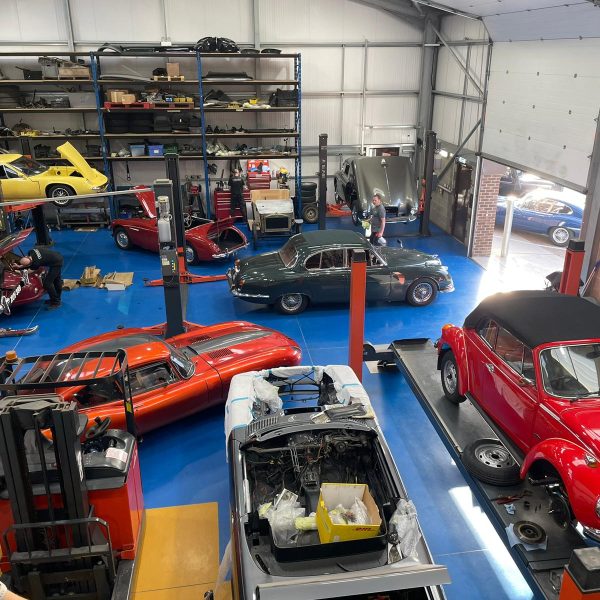
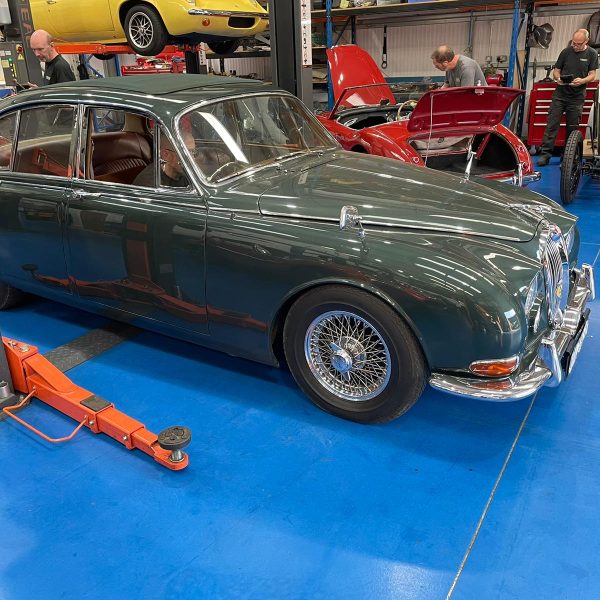
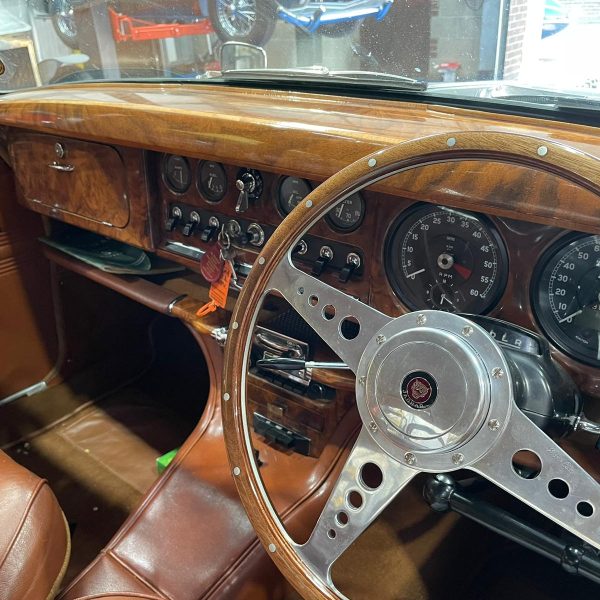
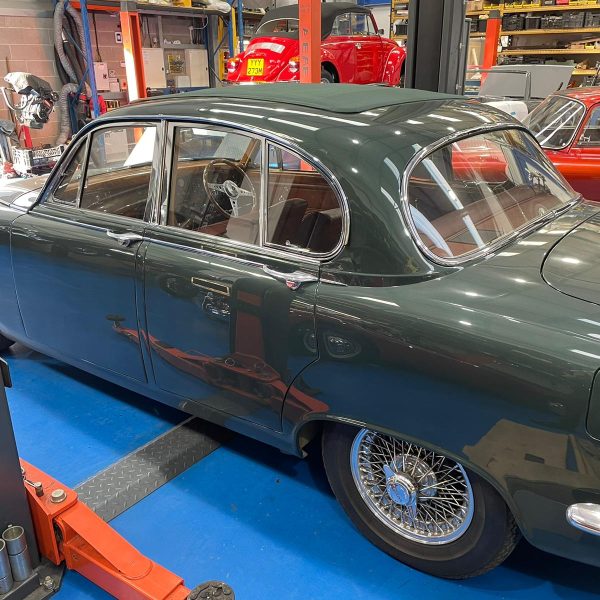
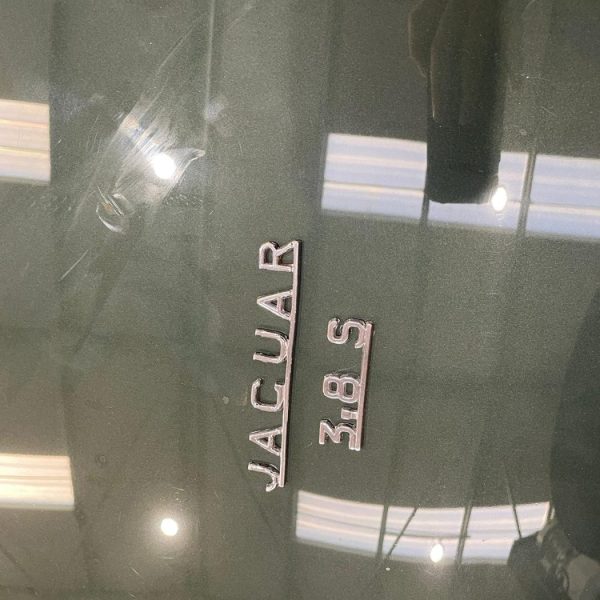
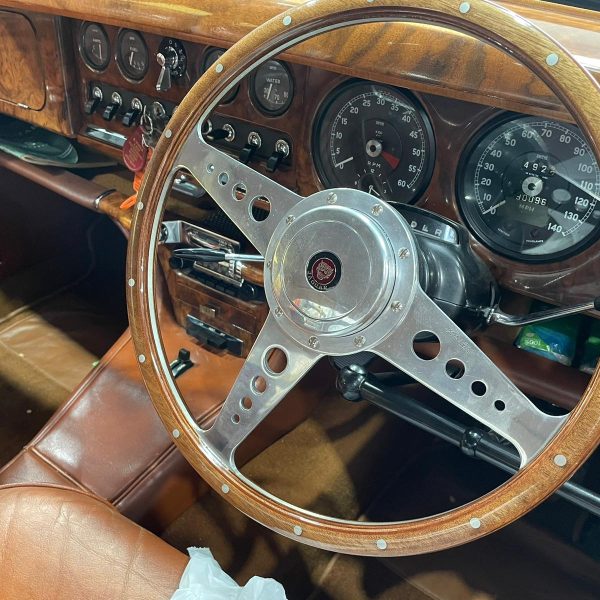
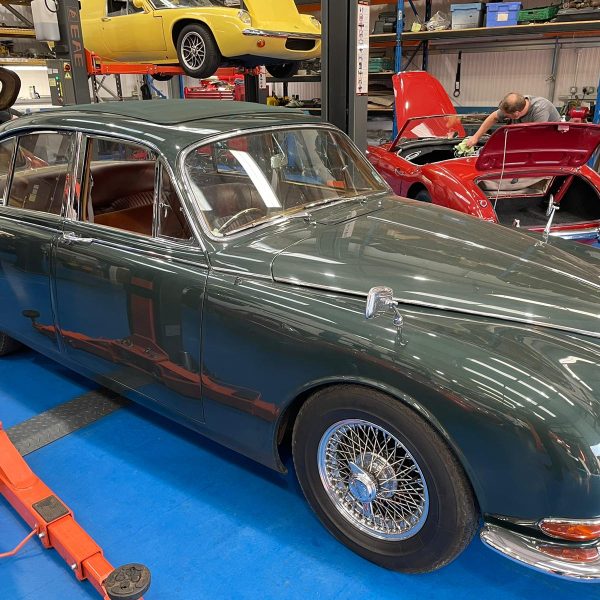
Soon to be arriving at the Bridge Classic Cars workshop is this Jaguar XK120.
It is coming from overseas but we are very much looking forward to its arrival so work can begin on bringing this beautiful classic car back to life.
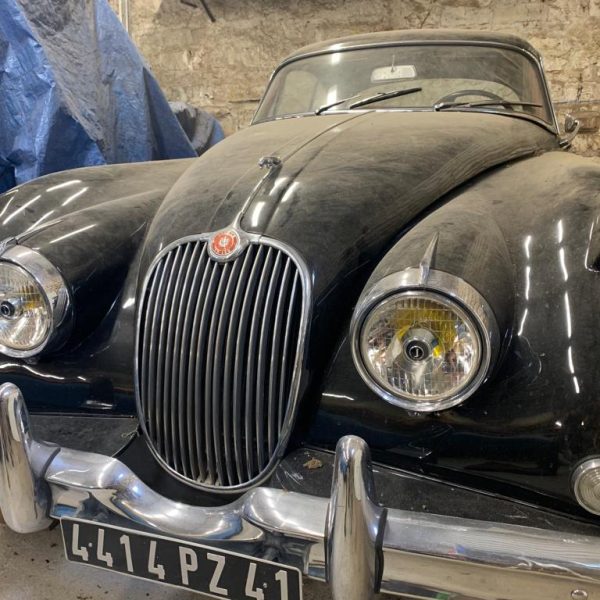
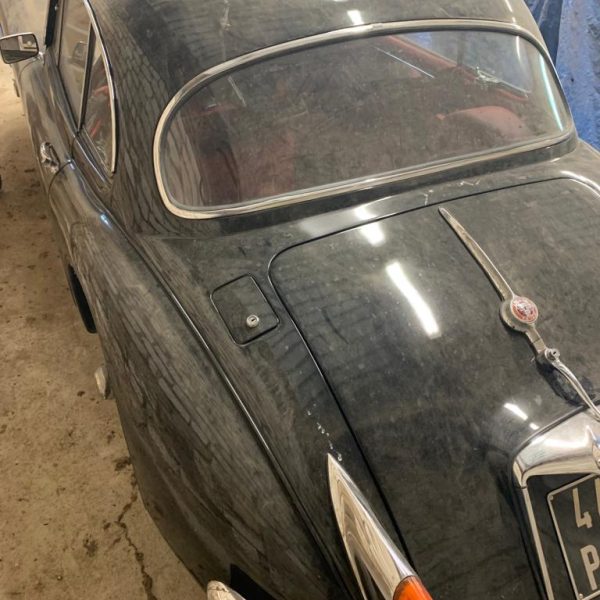
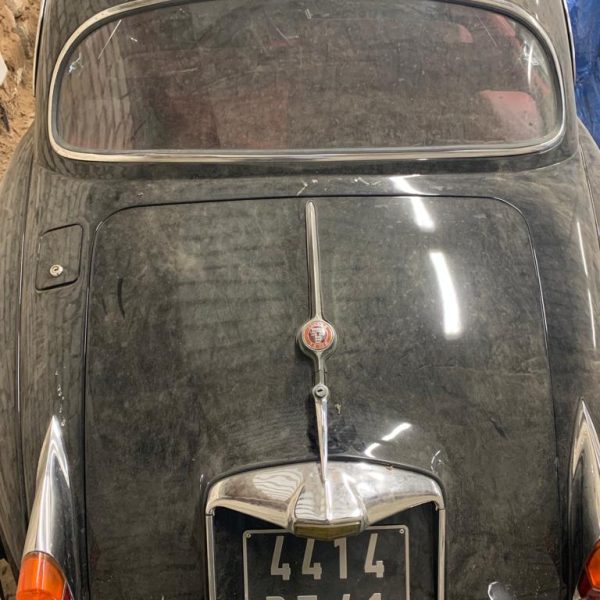
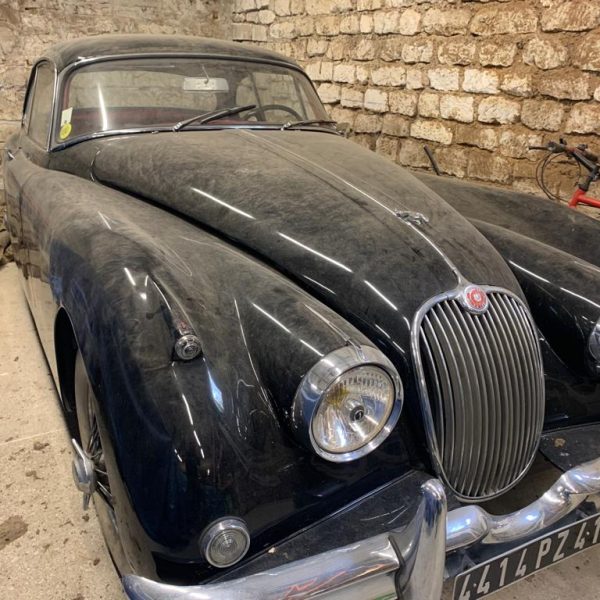

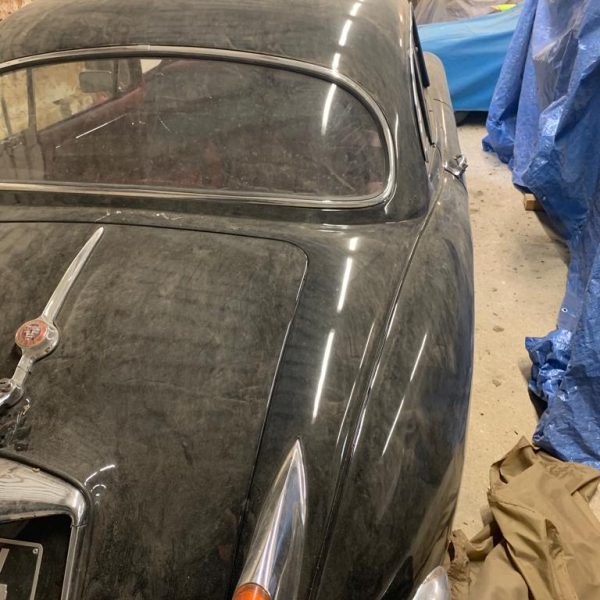

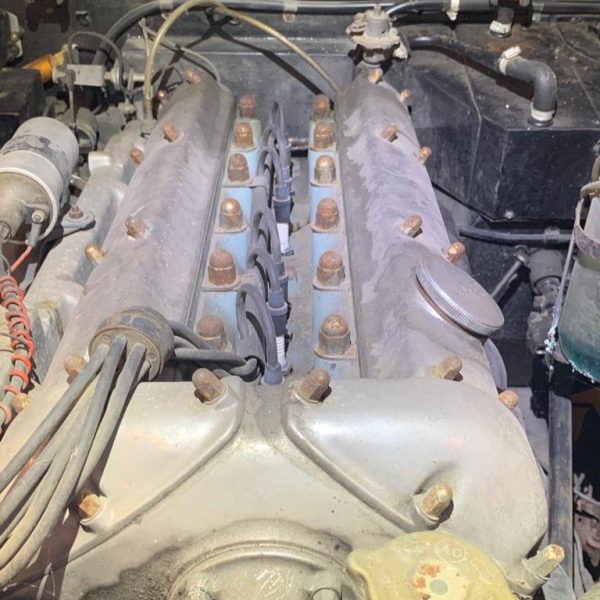
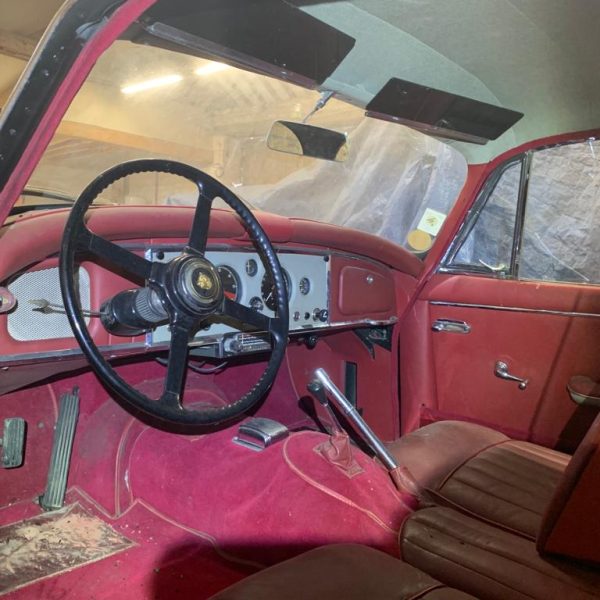

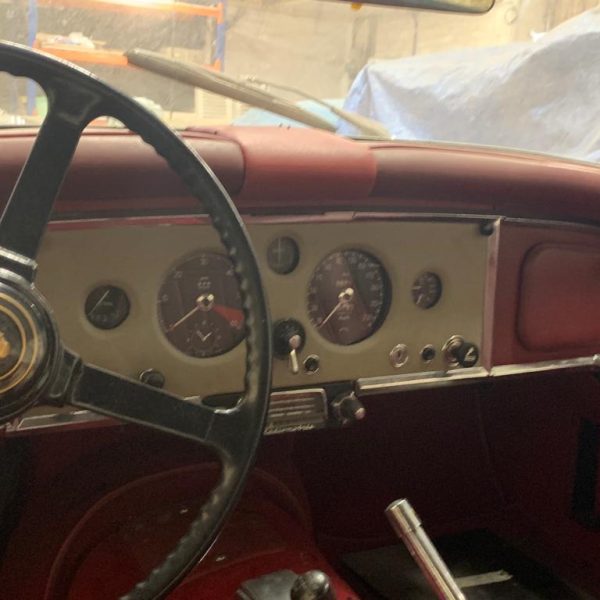
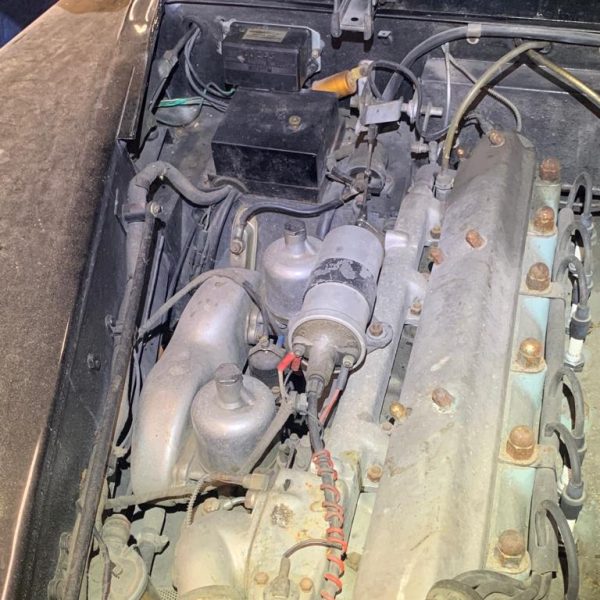
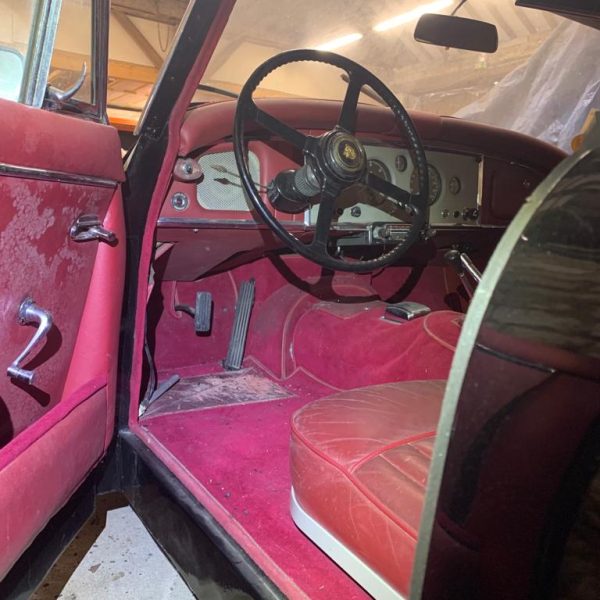
Our 1969 Triumph Spitfire has recently entered the Bridge Classic Cars workshop.
It has come to us for a full service and inspection, which classic car technician James has been doing.
Overall, the car is in good condition, although it looks like it may have been stood for some time. The engine oil and filter have been replaced along with the brake and clutch fluid. Then the brakes were stripped, cleaned and checked, again, there was some rust build-up, potentially from a lack of use.
A new distributor cap and rotor arm, along with points and condenser have been ordered, and the fuel filter was replaced as it was heavily contaminated. All fluid levels were checked and topped up where necessary, and grease points on the chassis and transmission were serviced.
Both the front seat mounting fixings were loose so James tightened these up, and the car had a good checkover in preparation for an MOT test. The only thing left to do now is the cooling system flush and new antifreeze needs to be added.
There are a couple of small issues that James identified such as the tyres which, even though they are still looking okay, are 10 years old now. The rear hub seals are weeping slightly and there appears to be some evidence of a brake fluid leak around the master cylinder area (cleaned off). There are also some minor oil leaks, possibly from the sump and gearbox casing, but otherwise, the car seems to have had new brake pipes and cylinders at some point so these are in good condition.
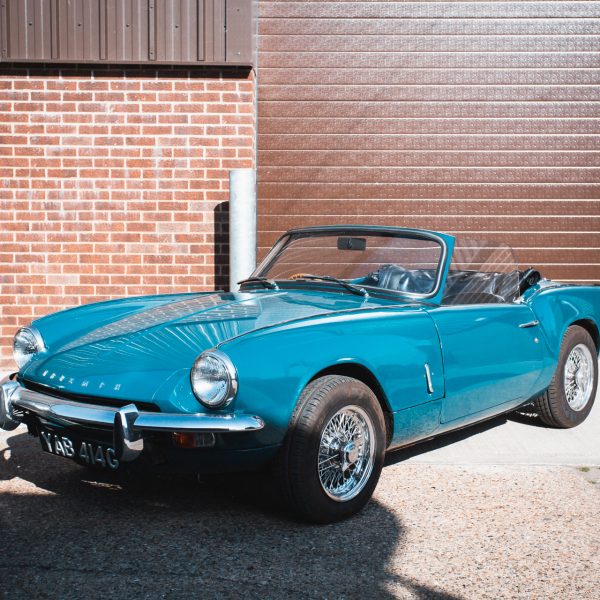
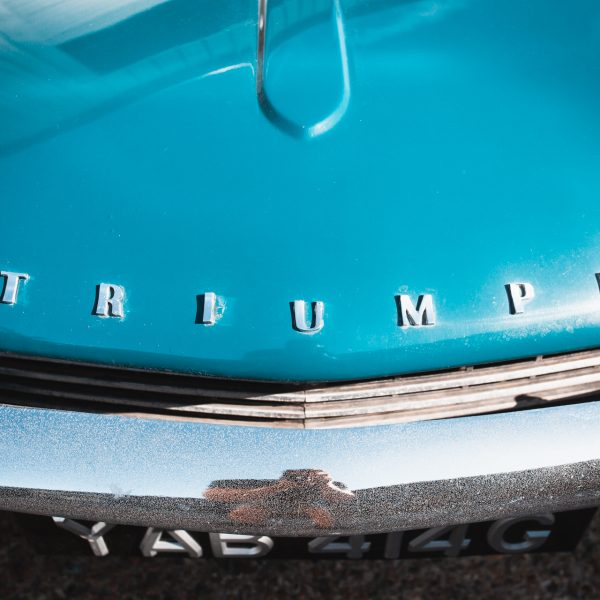
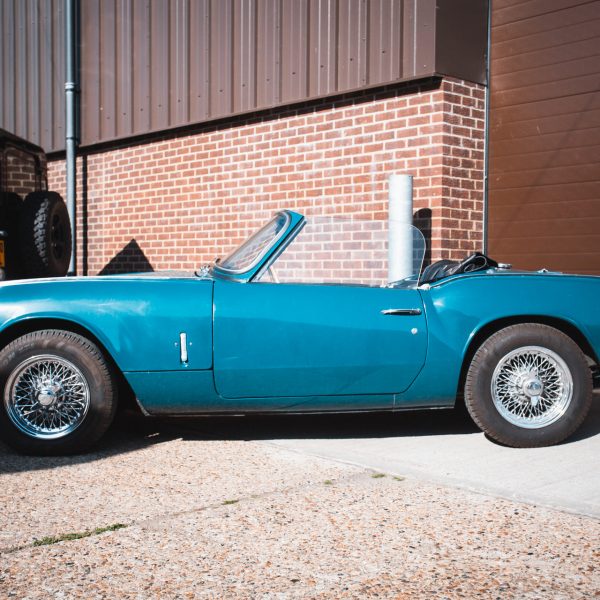
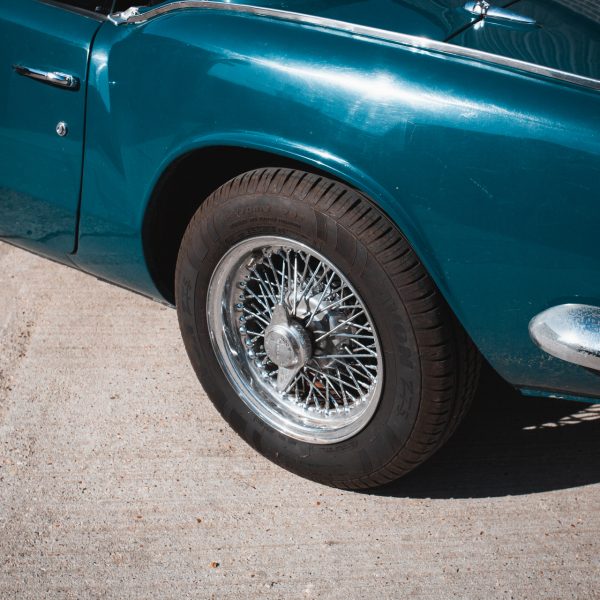
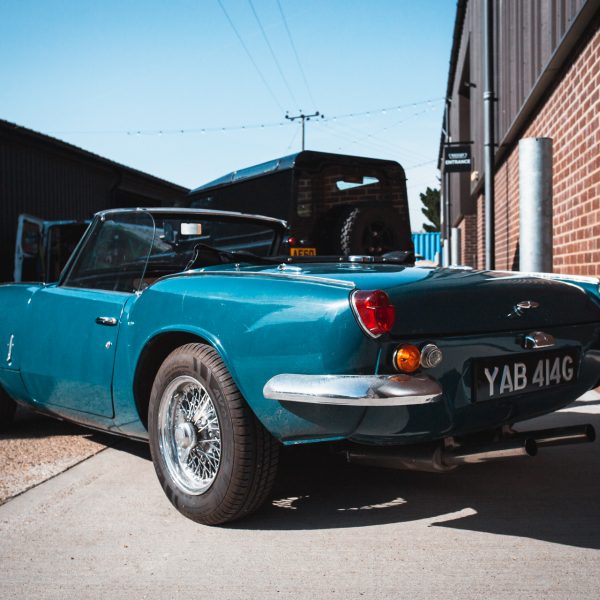
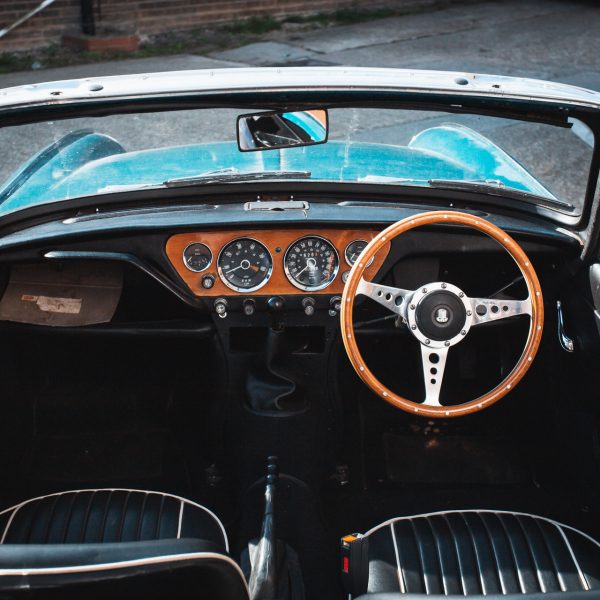

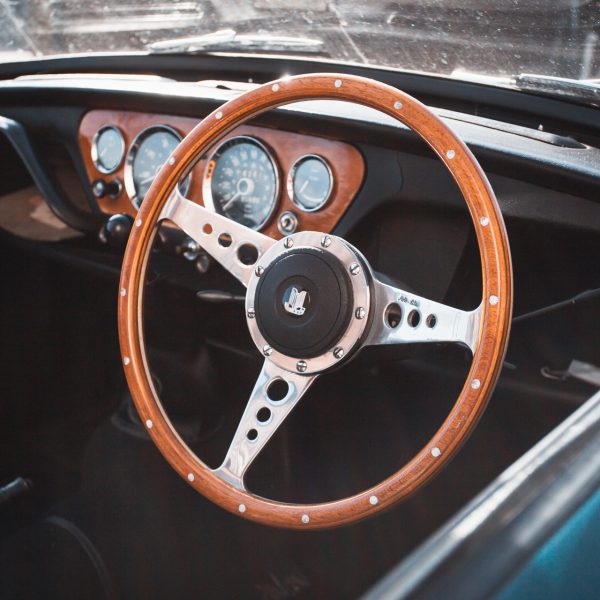

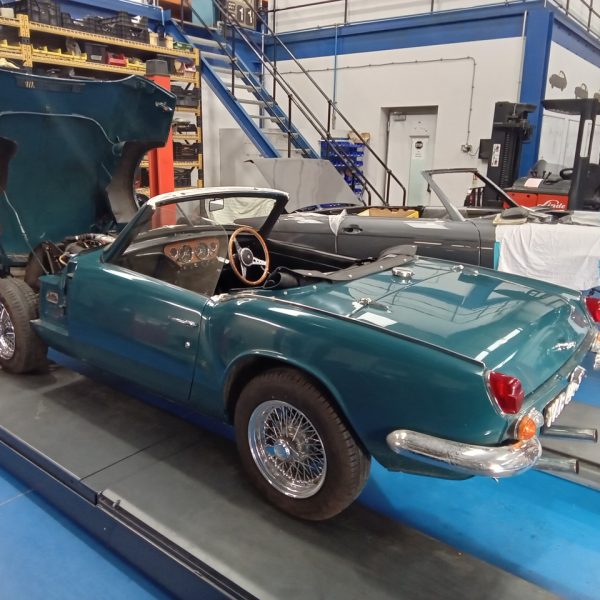

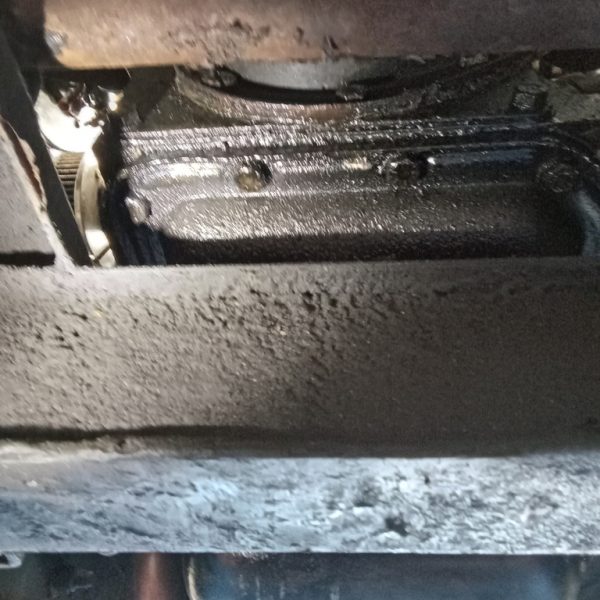

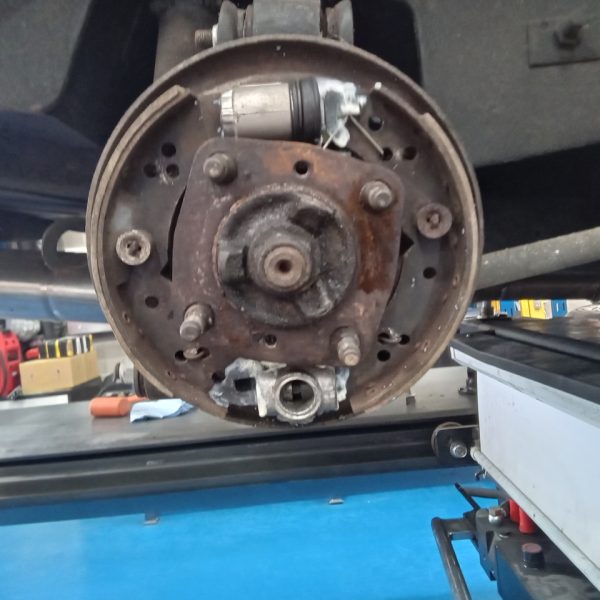
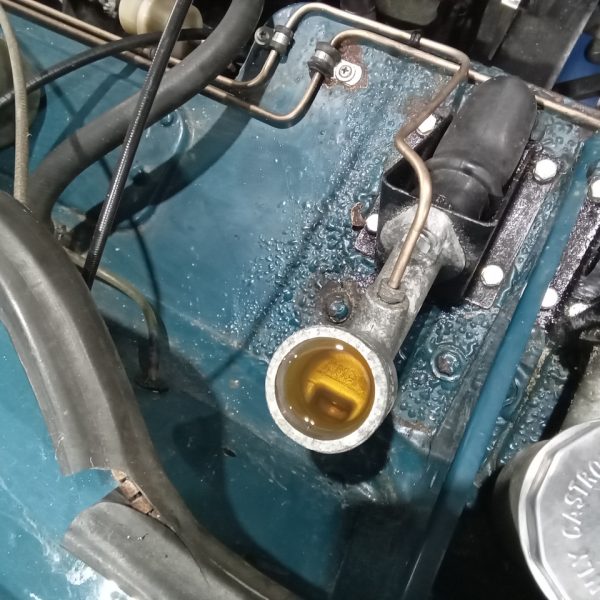
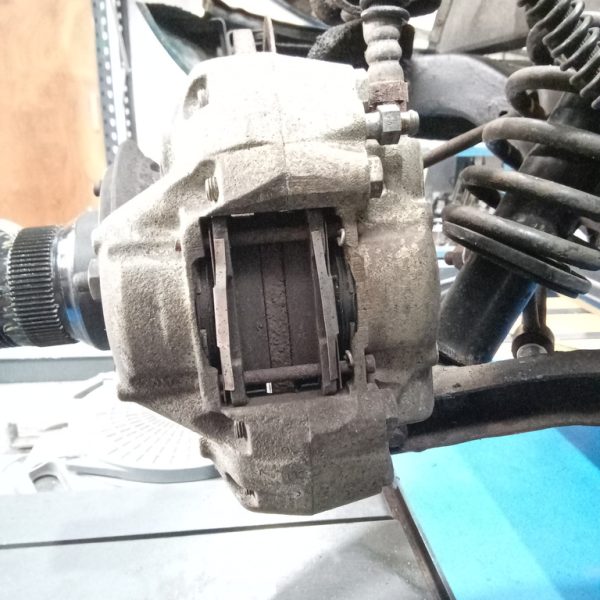
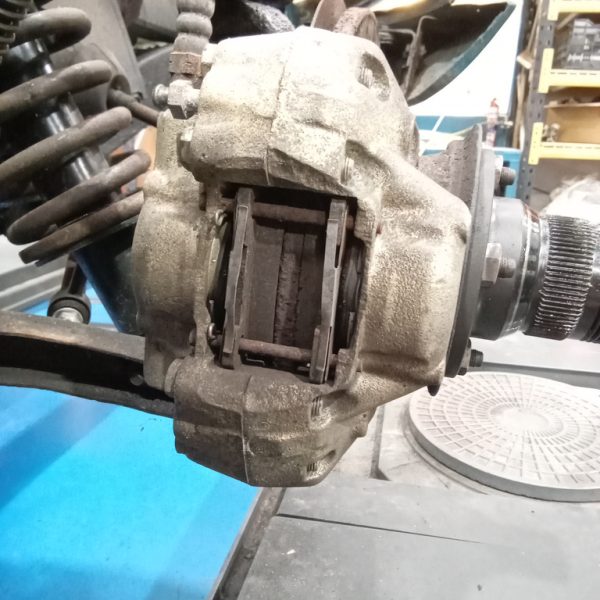
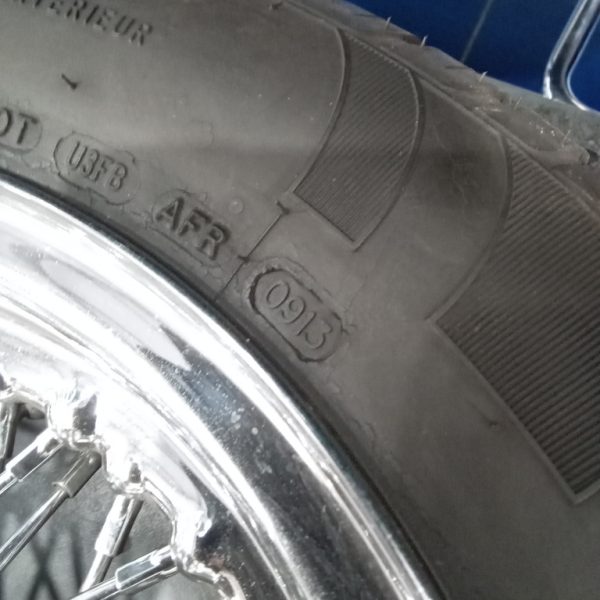

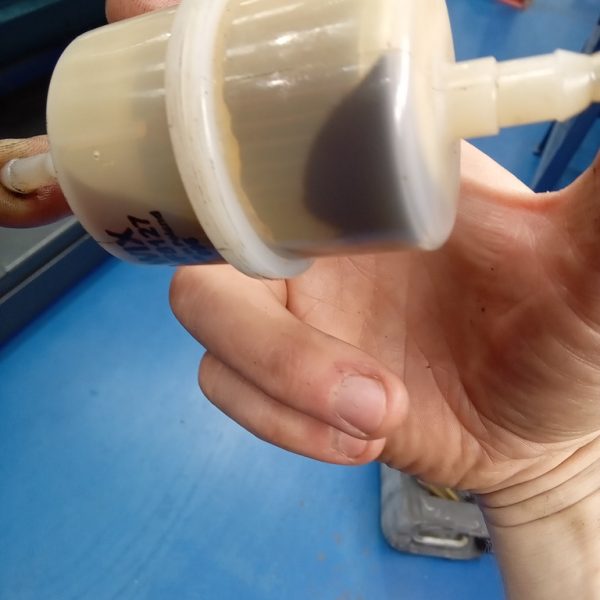
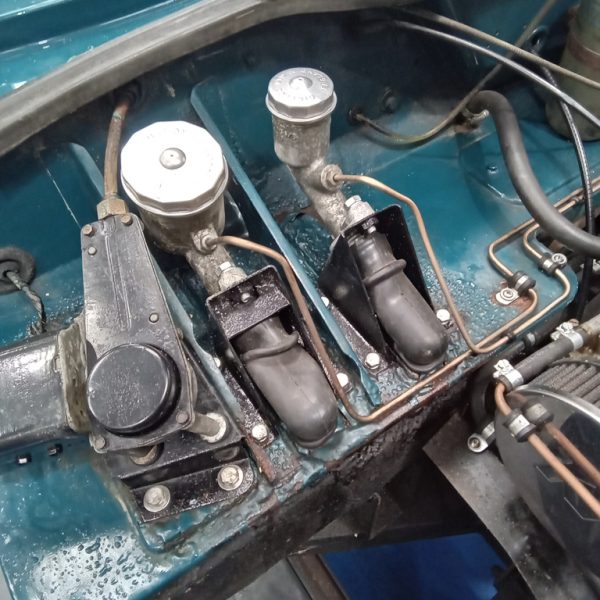
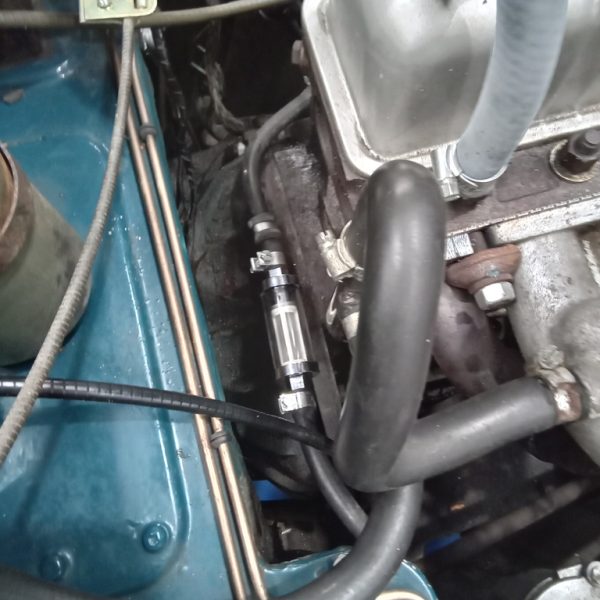
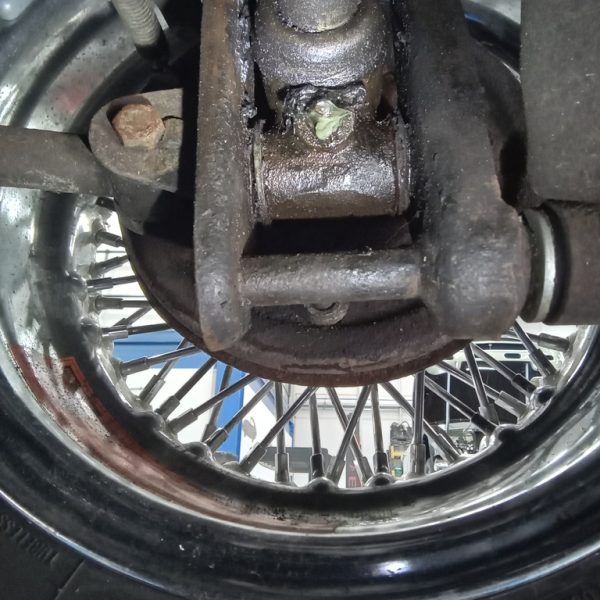
Every now and again, a classic vehicle enters the Bridge Classic Cars workshop that most of us haven’t seen before. One such vehicle is our Solex Moped 3300 which came into our collection recently.
The Solex moped is a classic and iconic motorised bicycle that was originally produced by the French company Solex as a way to help mobilise the people of France after the Second World War.
Solex mopeds are known for their simple and efficient engines. The most common engine type is a small, air-cooled, two-stroke engine, usually mounted on the front wheel. These engines provided a relatively low top speed, making Solex mopeds suitable for short-distance urban commuting.
One of the most distinctive features of the Solex moped is its friction drive mechanism. The engine’s roller contacts the bicycle wheel, transferring power to it through friction. This design eliminated the need for a chain or belt drive, making the Solex moped unique and easy to maintain.
Solex mopeds typically had pedals, like ours, allowing the rider to assist the engine by pedalling, much like a traditional bicycle. This made them accessible to a wide range of riders and also meant that they could be operated without a driver’s license in many countries.
Solex mopeds enjoyed immense popularity in France and many other parts of Europe in the 1950s and 1960s. They were affordable and offered a practical means of transportation for many people.
8 million Solex mopeds were sold between 1946 and 1988 when production ended in France.
Our Solex Moped will be staying with us. However, we are planning on using it in a way that is as unique as its design. We are going to hang it on a wall as a decoration and a tribute to the simple yet practical nature of this classic vehicle.
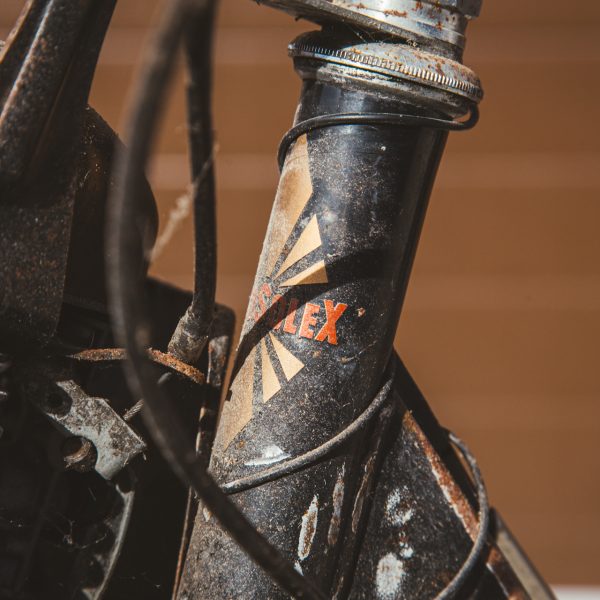




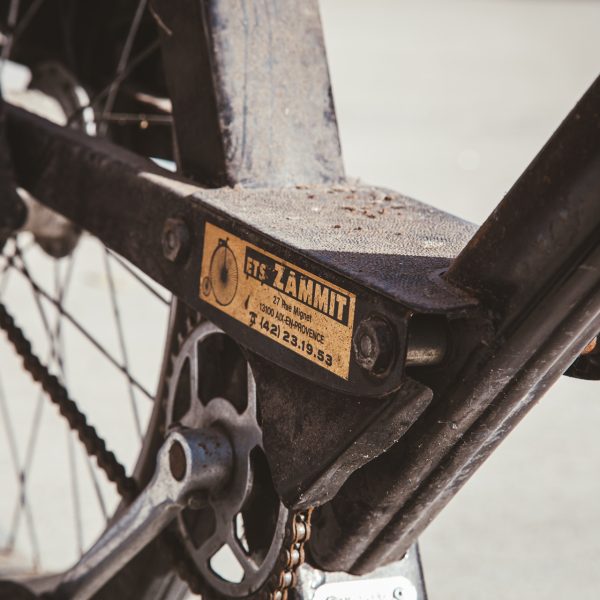
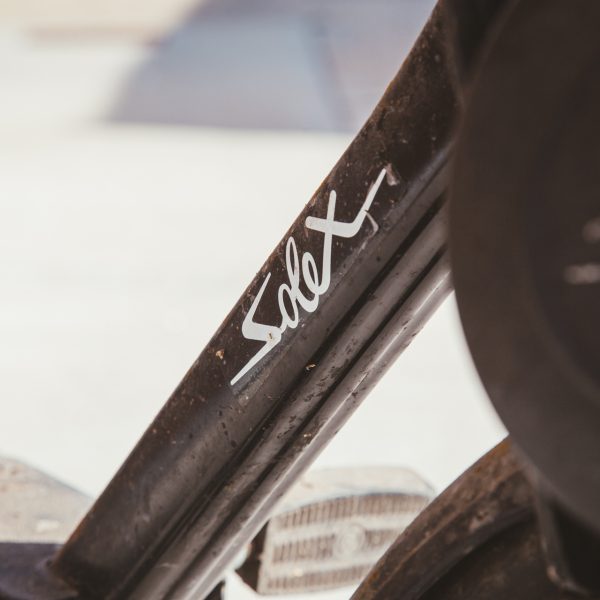
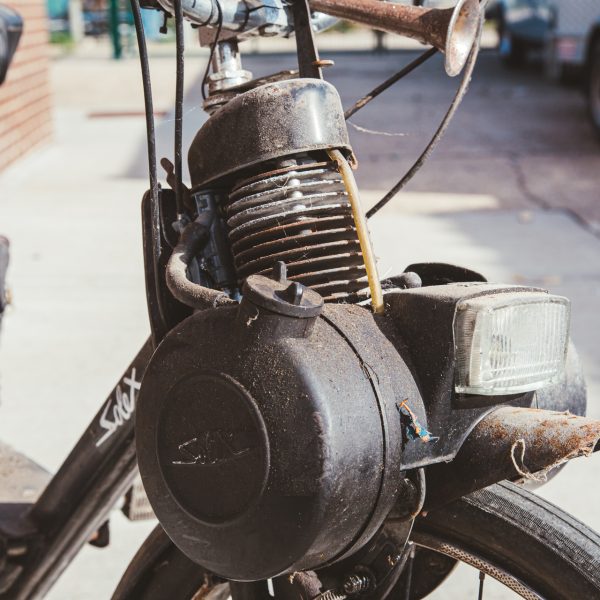

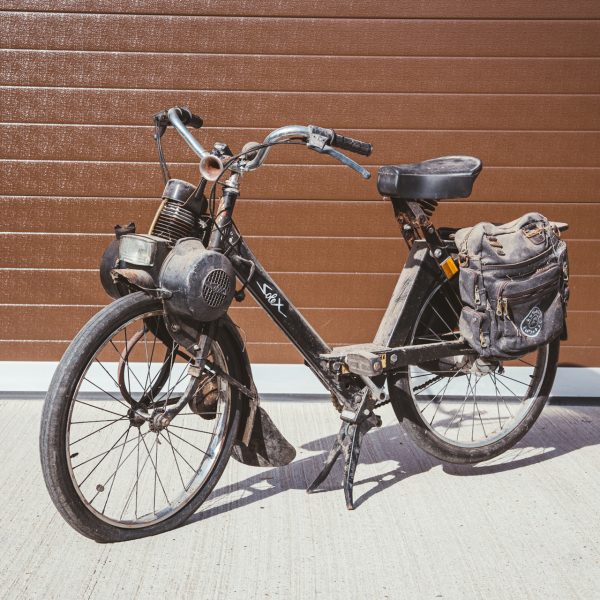
They may be a long way from home but two iconic American classics, a 1967 Chevrolet Corvette Stingray and a 1963 Chevrolet C10 SWB Stepside Pickup arrived at the Bridge Classic Cars workshop yesterday.
Our 1967 Chevrolet Corvette Stingray, eye-catching in striking blue, has the unmistakable muscular curves of a true American legend. Its 7-litre V8 engine delivers a powerful driving experience, while the look and feel pay tribute to the pinnacle of mid-60s muscle car engineering.
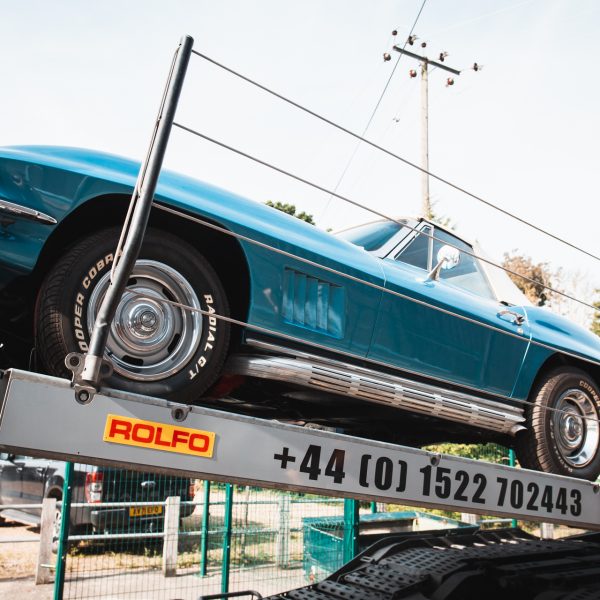
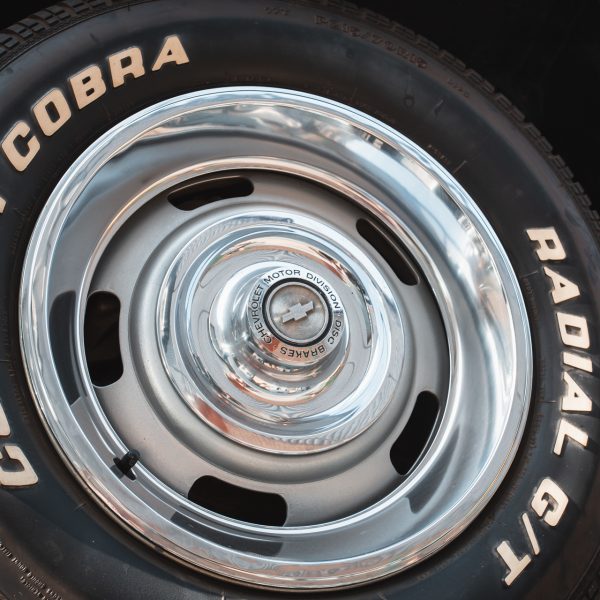
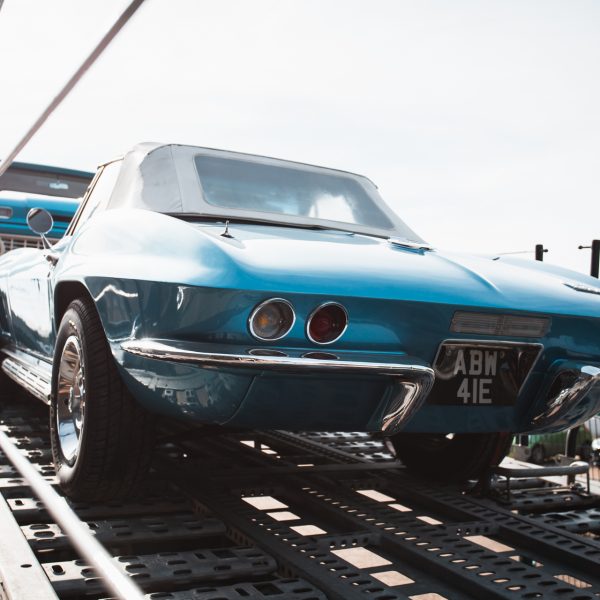



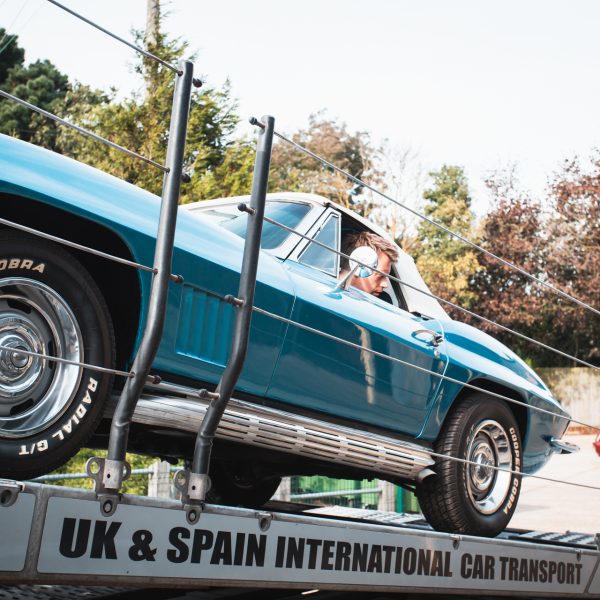
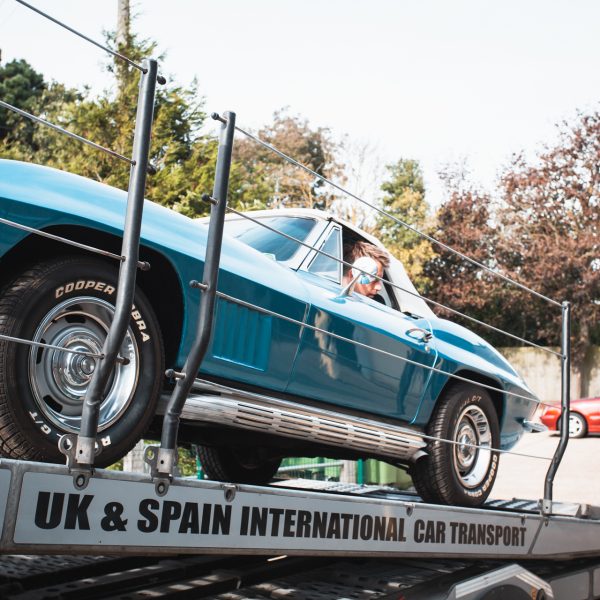
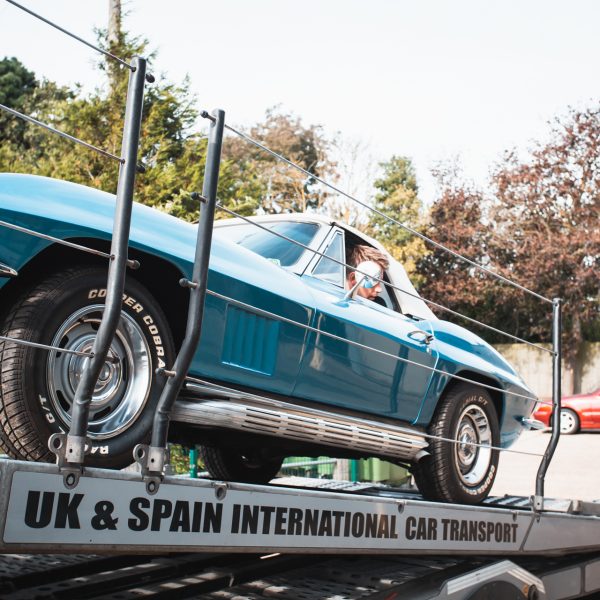

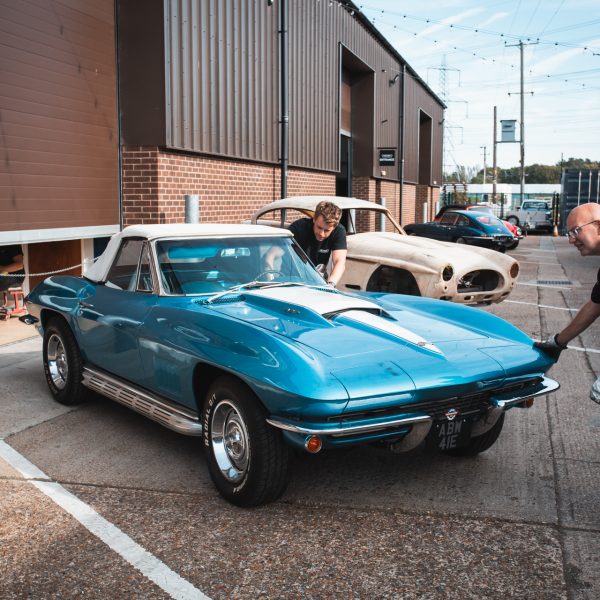

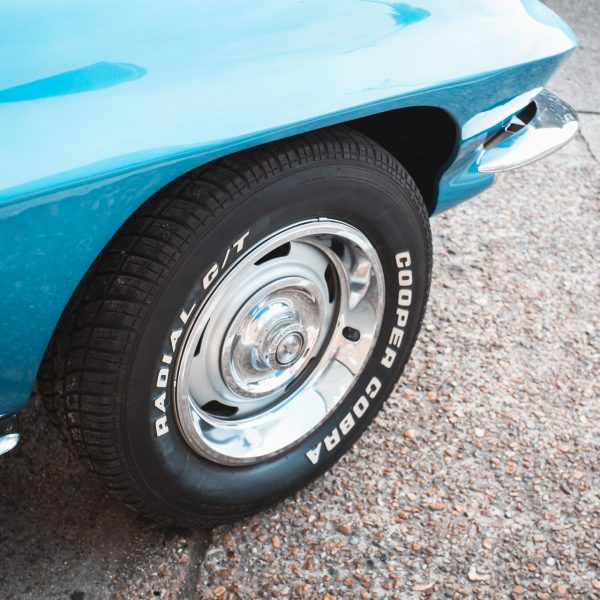
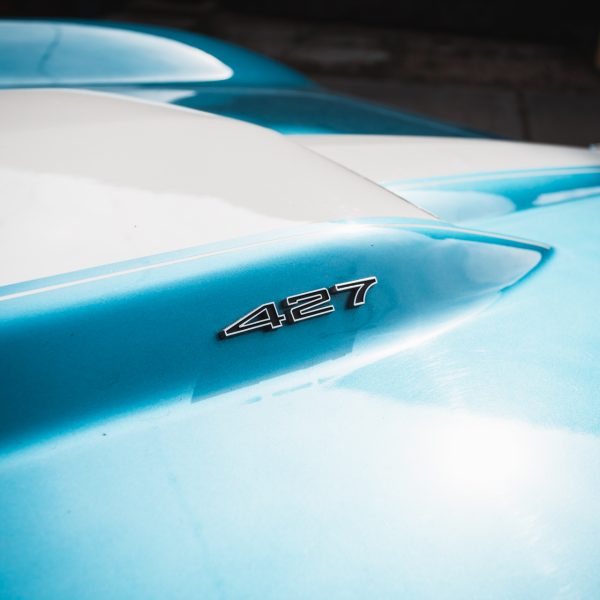
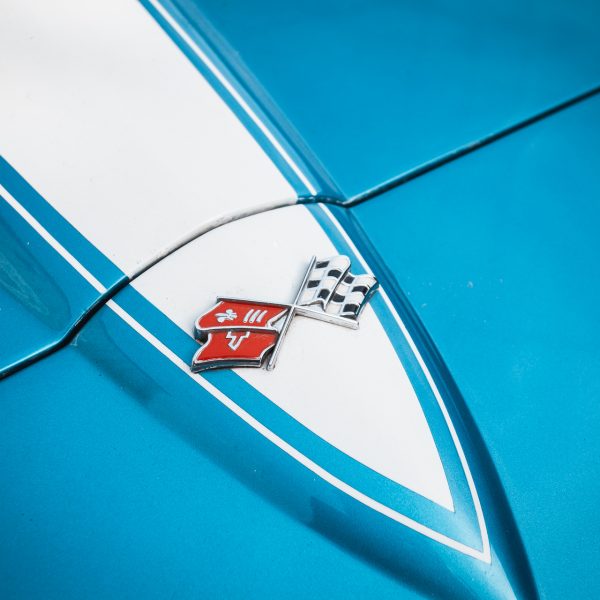
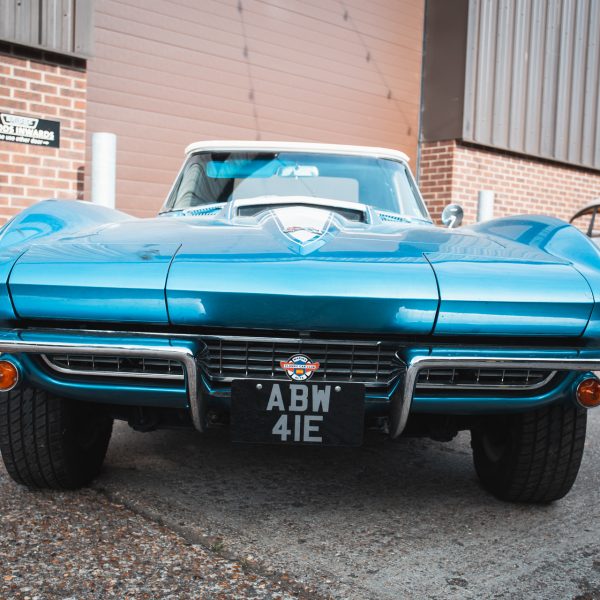
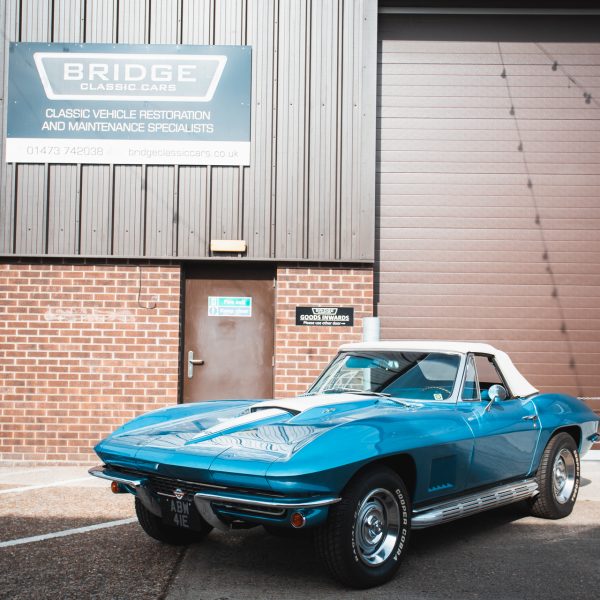
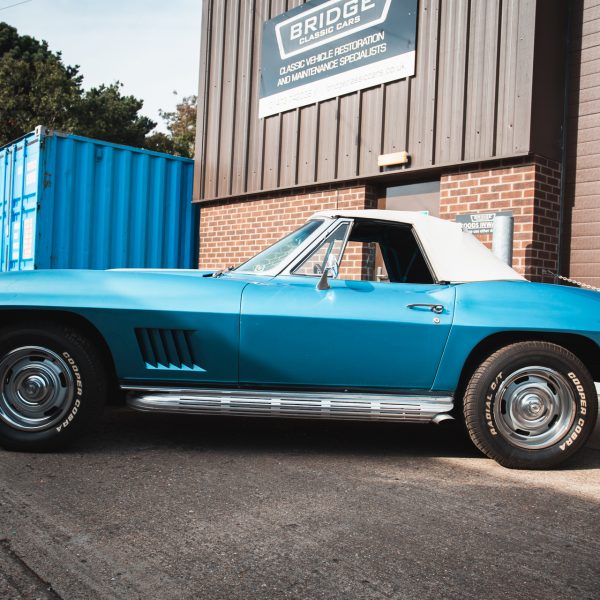
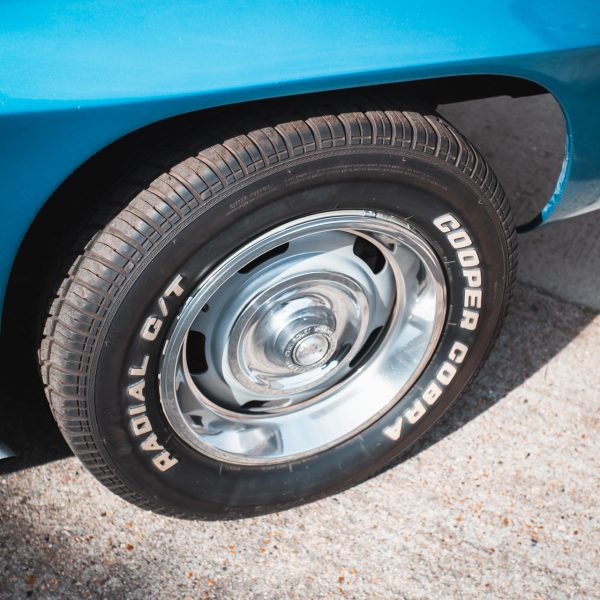
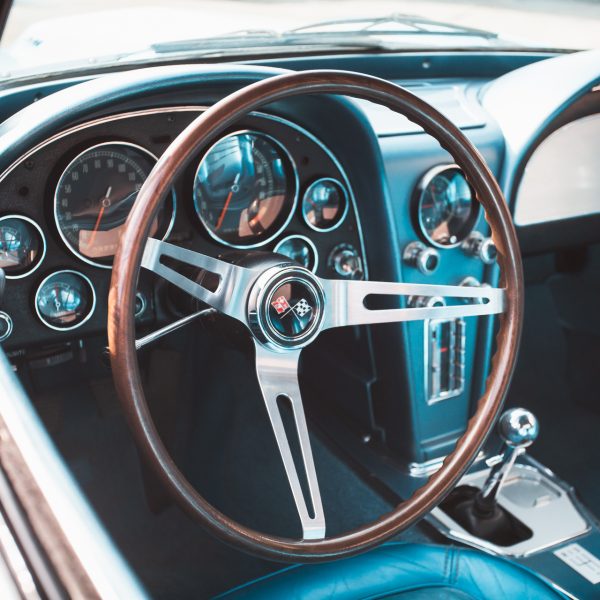
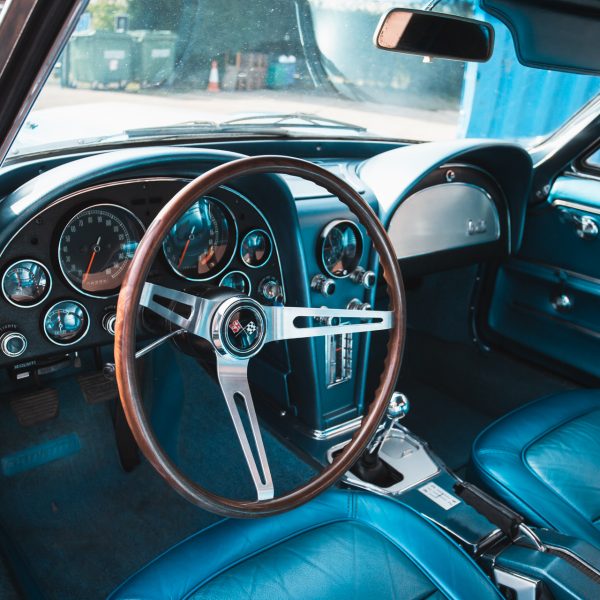
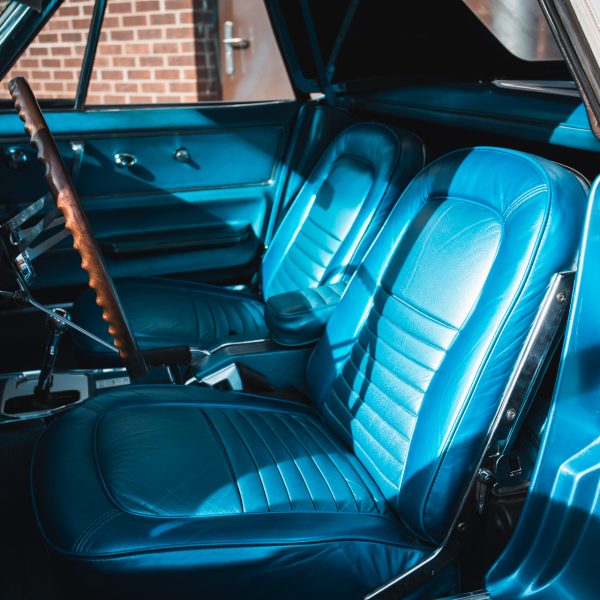
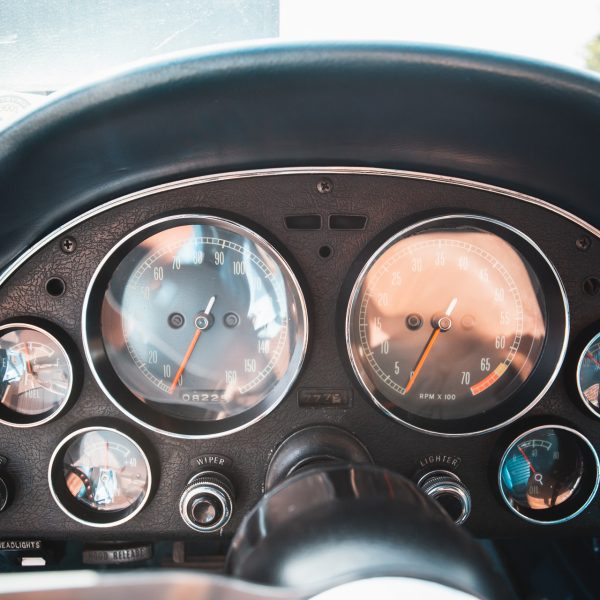
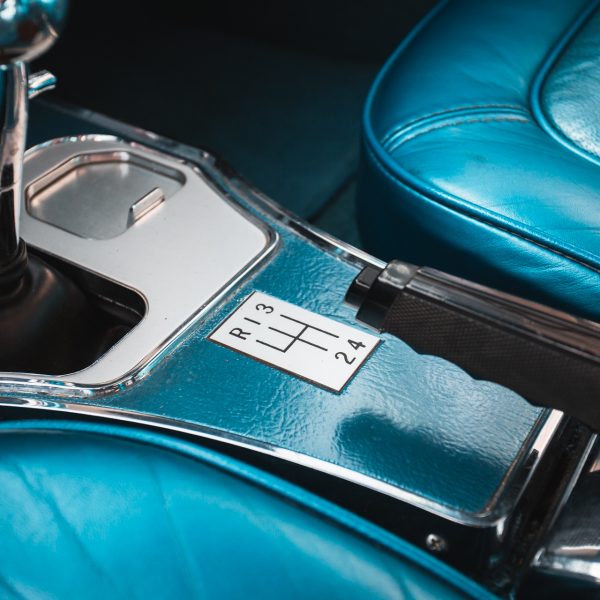

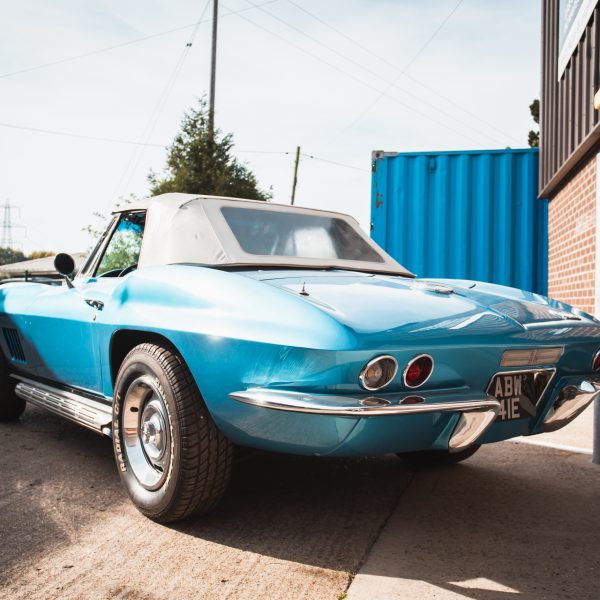
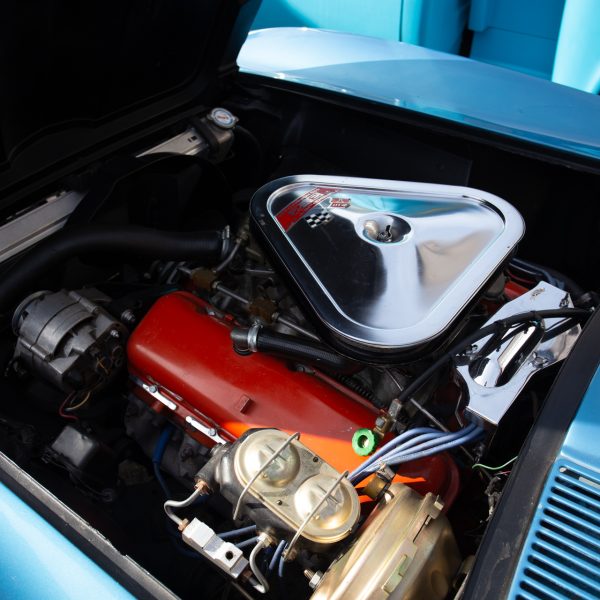
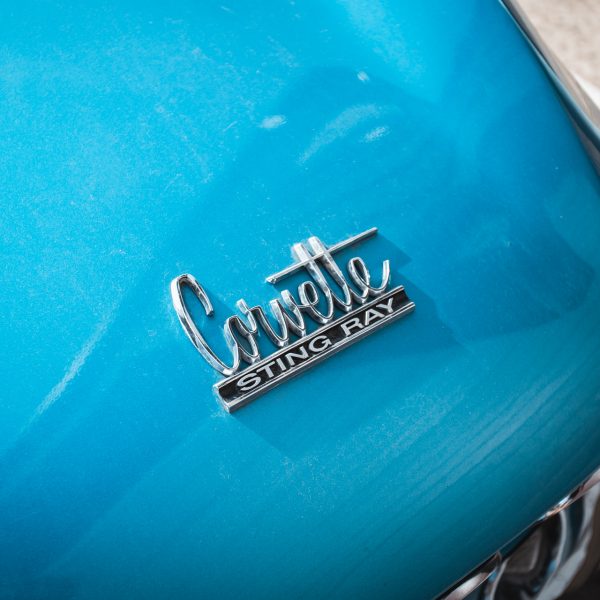
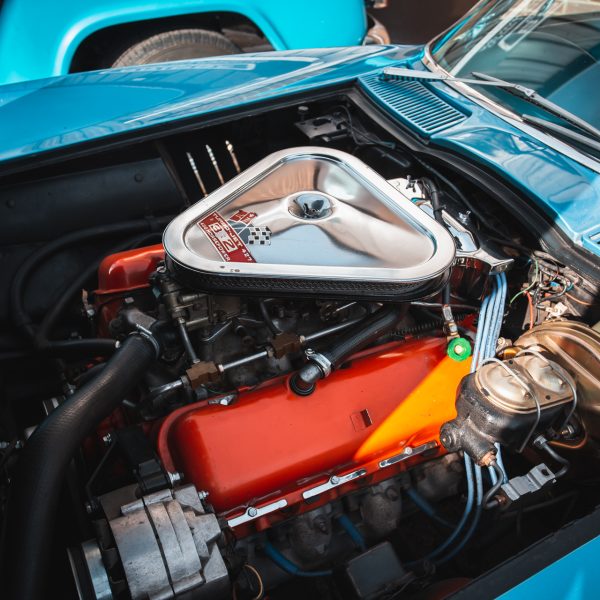
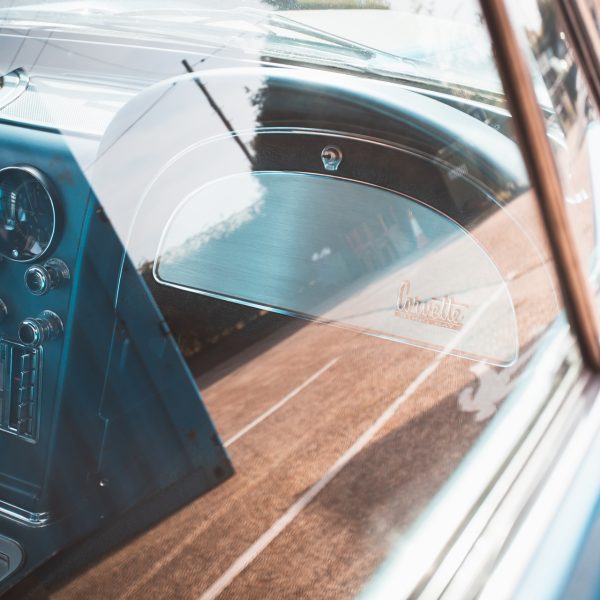
Making the journey with our Stingray was our 1963 Chevrolet C10 SWB Stepside Pickup, a tough yet beautiful workhorse. Its design is a throwback to a time when trucks were built to last. This isn’t just a classic pick-up, it’s an instantly recognisable piece of American automotive history.

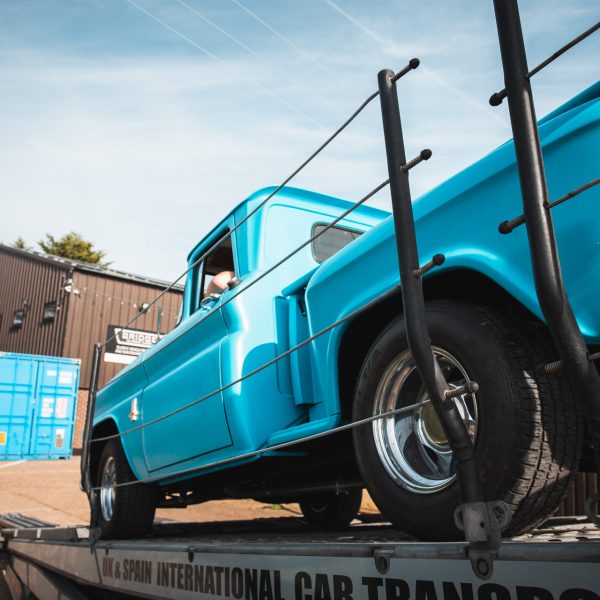
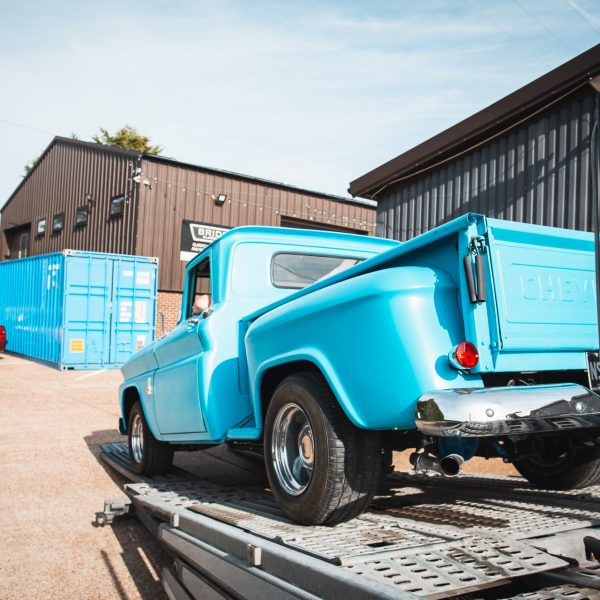
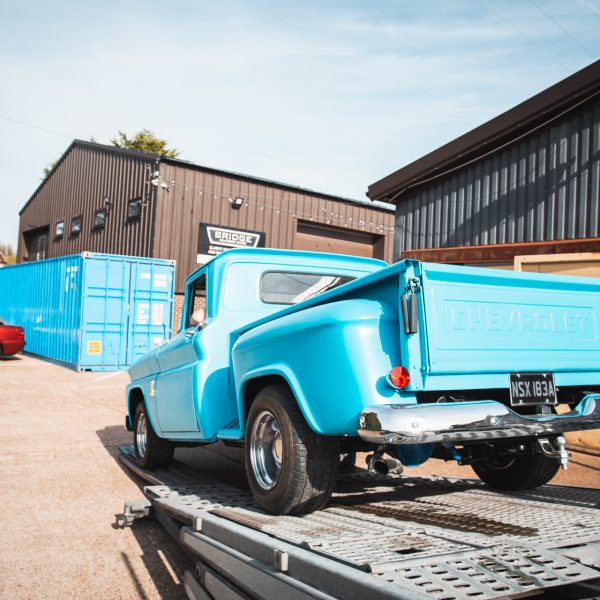



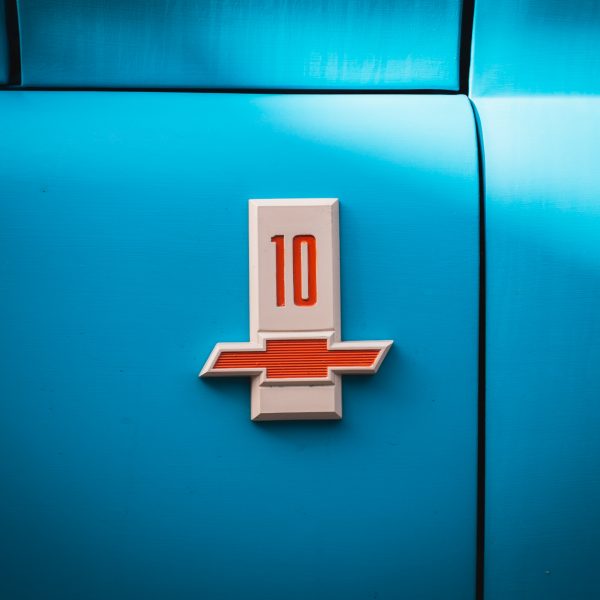

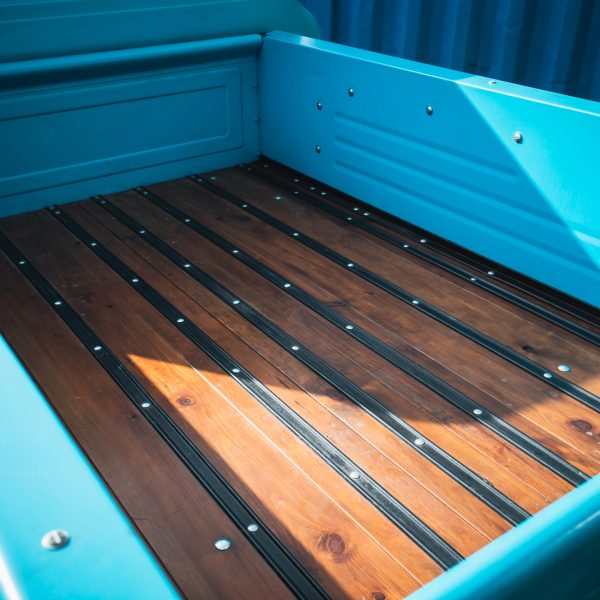
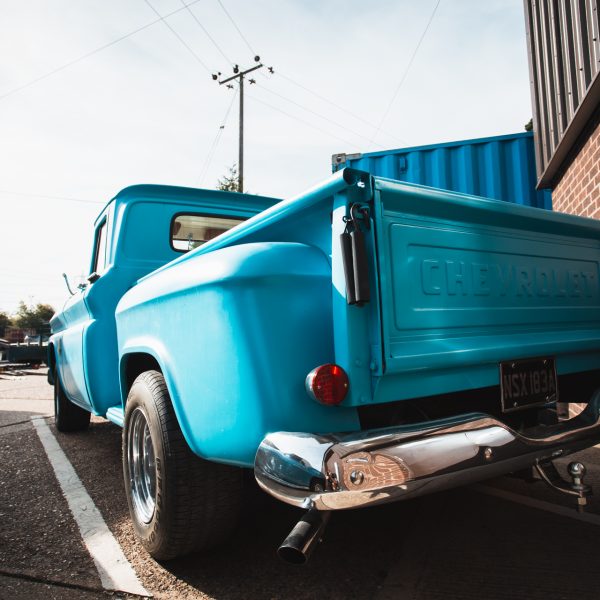
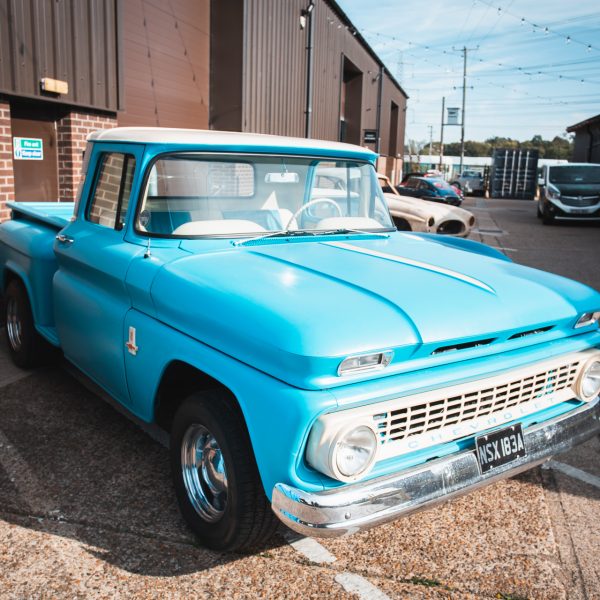
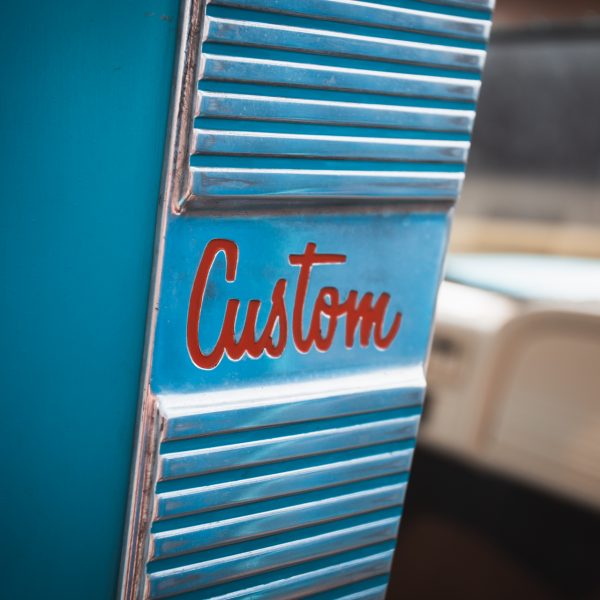
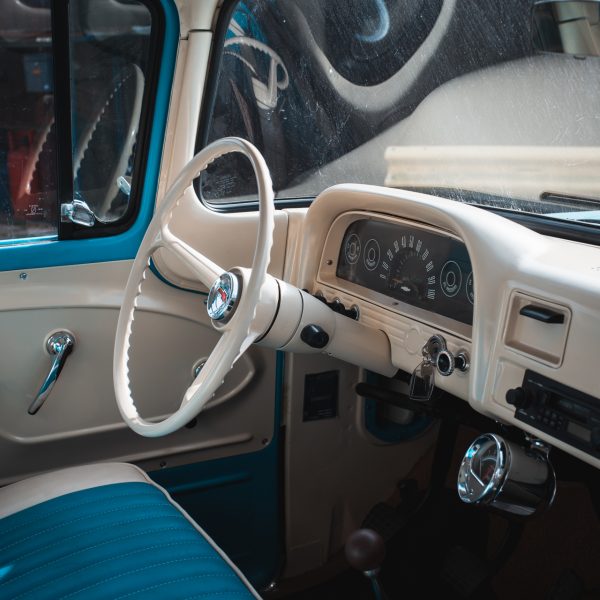
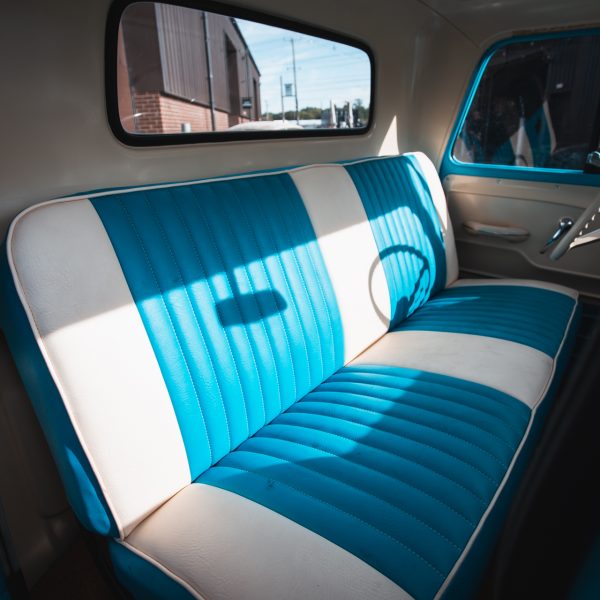
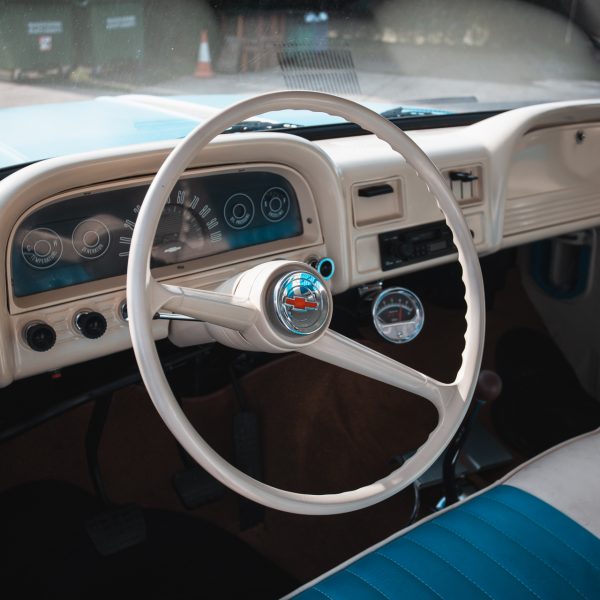
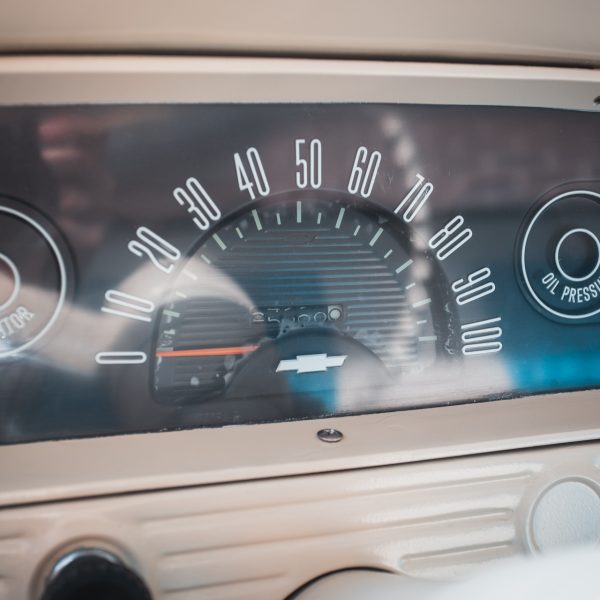
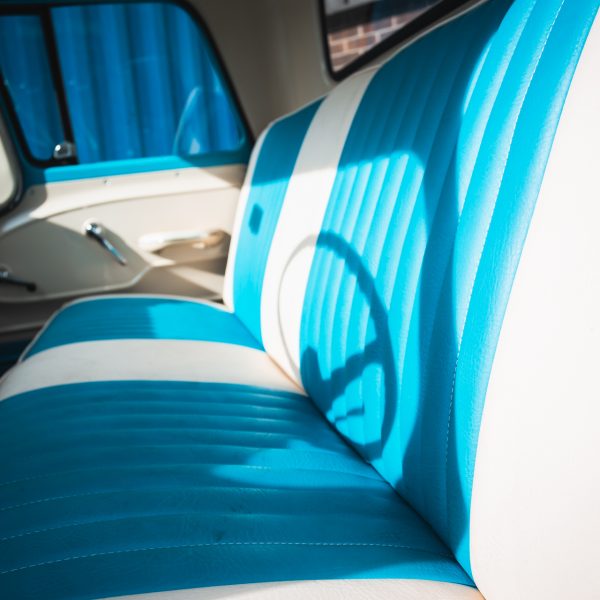
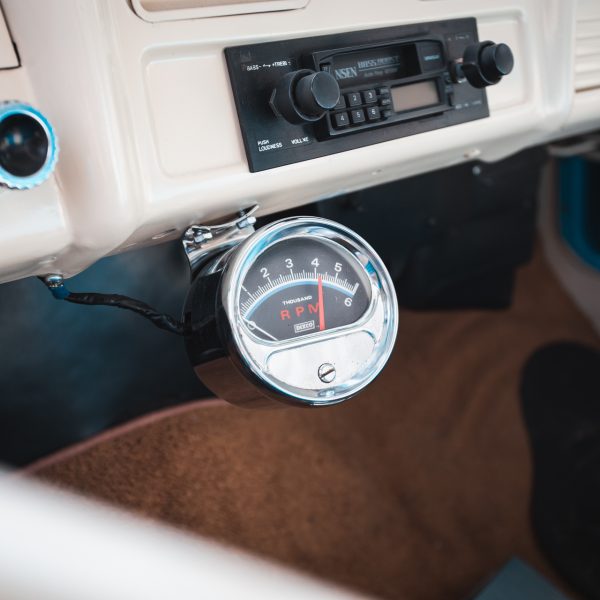
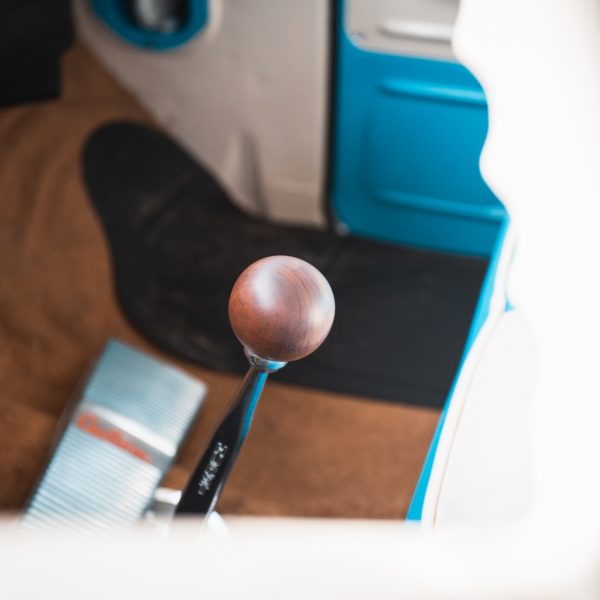

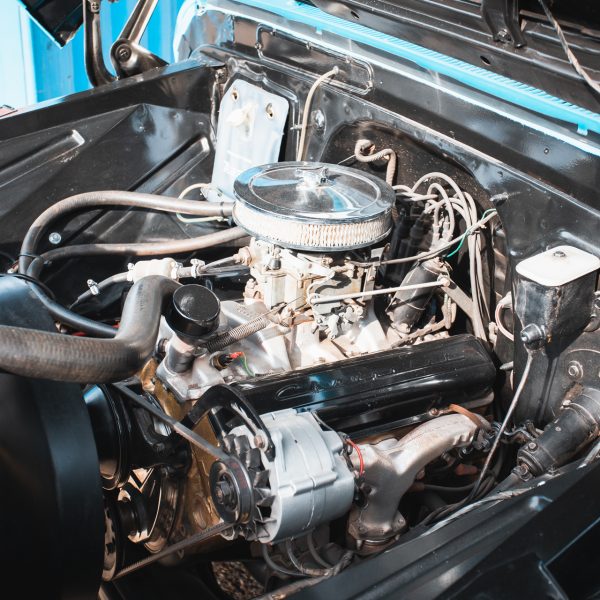
These two classics, arriving at the workshop, marks the beginning of a new adventure as they prepare to eventually go up for sale on behalf of their owner. We are sure that they will generate a lot of interest and we are very excited to see what the future has in store for these American classics.
Classic car technician James has been assessing our 1967 Morris Minor Traveller. It came into the Bridge Classic Cars workshop as it would not start.
After charging the battery, James removed the spark plugs and cleaned and regapped them to the correct specification. The distributor cap was removed before the points and condenser were replaced. James then checked the timing and replaced the distributor cap and rotor arm along with the HT lead set supplied by the customer.
Once the battery charged, James started the car and found a fuel leak from where the fuel pipes joined the carburettors. This was removed and the pipe was replaced. The car was then restarted and checked for leaks and all was ok.
James carried out a short road test. He ran vehicle the car for a short time and it was running rough when hot and under load. After substituting the coil pack for a good known second-hand unit the car ran better and not lacking power. The car is now running and starts instantly as the customer requested.
Issues that James found during his assessment were:
Overall the car has had numerous patches welded in many areas, of which, most are now starting to deteriorate again.








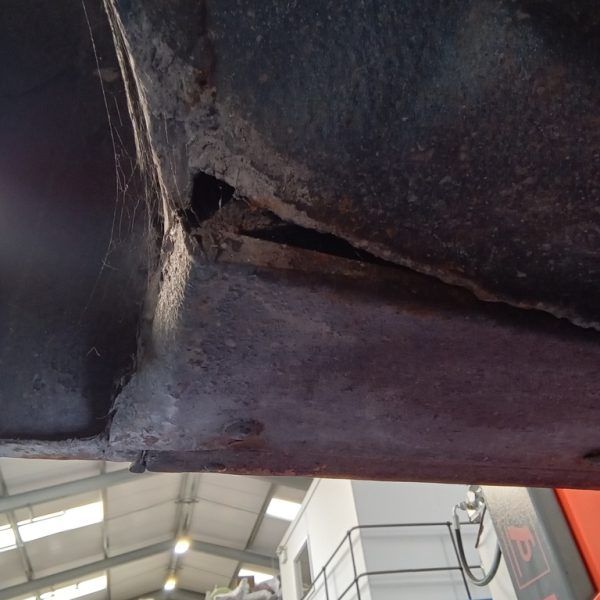

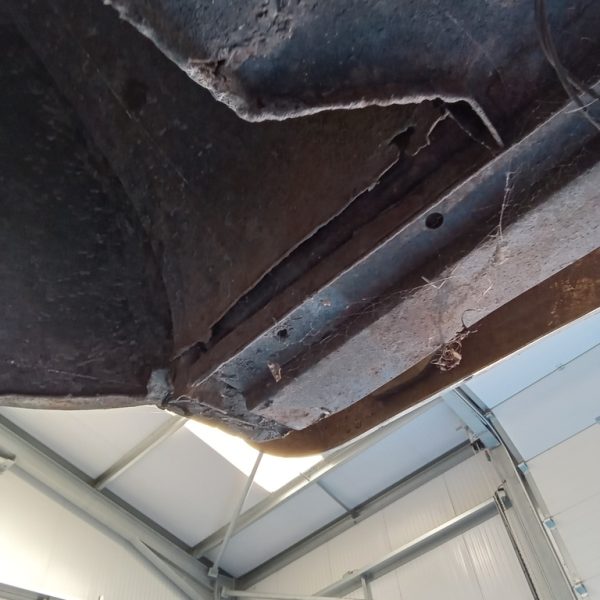

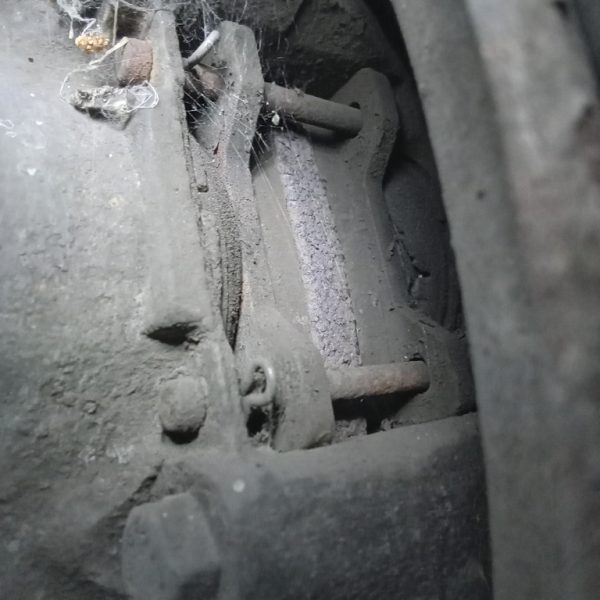
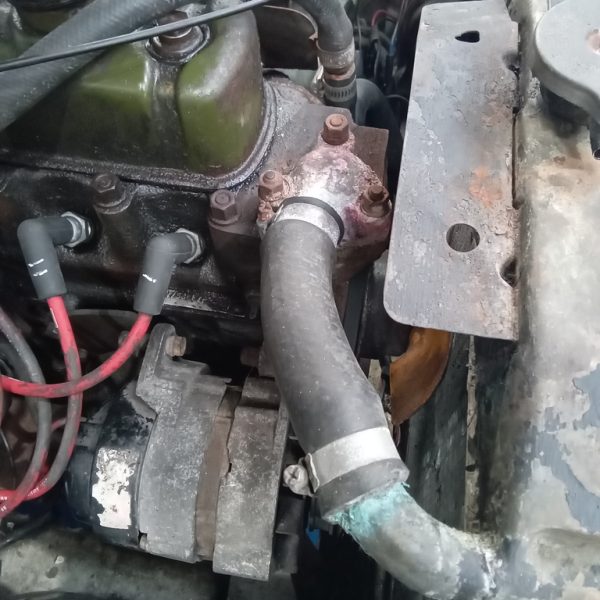
We use cookies to deliver the best possible experience whilst visiting our website. By clicking "Accept All", you consent to our use of cookies, or you can manage your preferences by clicking the link below. You can manage your preferences at any time from out Cookie Policy page.